 Abraham Lincoln
If given the truth, the people can be depended upon to meet any national crisis...
Abraham Lincoln
If given the truth, the people can be depended upon to meet any national crisis...
 Guildford news...
for Guildford people, brought to you by Guildford reporters - Guildford's own news service
Guildford news...
for Guildford people, brought to you by Guildford reporters - Guildford's own news service
Birdwatcher’s Diary No.134
Published on: 30 Apr, 2017
Updated on: 30 Apr, 2017
By Malcolm Fincham
Similar to 2016, this April continued on a cool theme.
Surprisingly, although not seeing any myself this year, waxwings were still being reported at various locations throughout the UK on April 27!
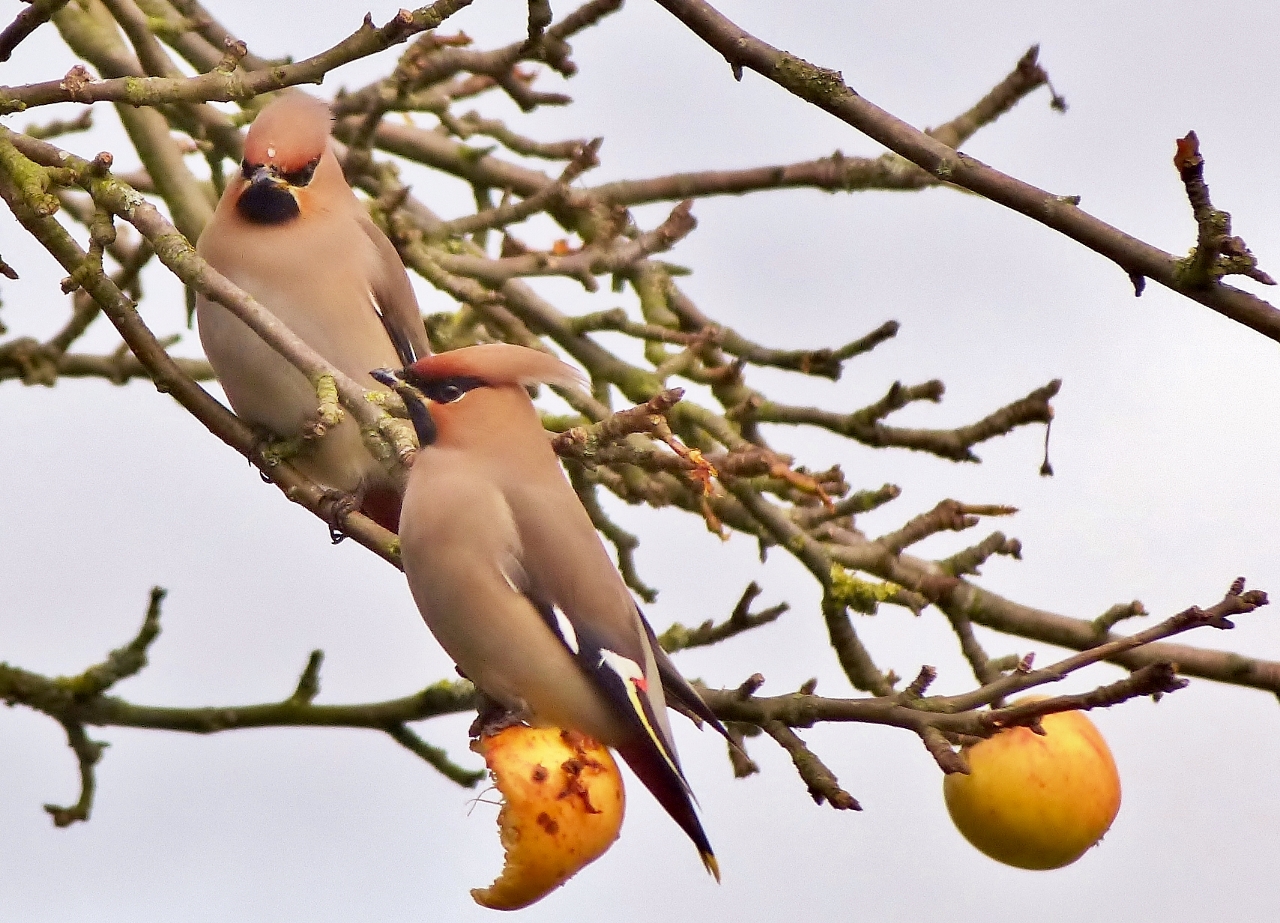
waxwings, a memory of the ones I last saw in 2013 in Onslow Village. Click to enlarge all pictures in a new window.
They were no doubt waiting for a southerly breeze to aid them back to their breeding grounds in the northern forests of Eurasia.
Although remaining mostly dry, a dominant high pressure continued to draw a northerly flow of air through the country. This coincided with the slow arrival and sightings of our avian summer visitors.
A continuing dry spell, days lengthening and a fair share of pleasant sunshine allowed me a bit more time over the last few weeks of April to get out and about with my camera, in the hope of catching some of the ”trickle” of birds as they arrived and add a few new ‘year sightings’.
On a trip to Thursley Common, on April 16, I was delighted to add a few new photos to this year’s gallery, as well as getting some better shots of ones I saw earlier this month.
Dartford warblers appeared to have survived the winter well, with plenty of singing males, often seen perched on the flowering gorse.
A new one to add to the list were tree pipits, a pleasure to see again and singing around the heathland.
Common redstarts were in song too, although a little camera shy.
On the ”Parish Field” I spotted a female wheatear.
I also heard my first cuckoo of the year, as I walked up though to the far end of the field.
The sound of it wasn’t too far away. Scanning in the direction of the sound, I located it in the line of trees surrounding the field.
The following day, with the addition of Dougal, we decided to visit Pulborough Brooks RSPB reserve in West Sussex. Once again new sightings were limited. A newly arrived nightingale sporadically sang in the area known there as Fattengates. A few common whitethroats could also be heard in song.
Our best sighting of the day had to be a lesser whitethroat. Picking out its song close by in the hawthorn and blackthorn that lined the footpath by ”Adder Alley”. With some patience, as we watched its movements within the foliage, eventually it popped up into view, allowing me a few pictures as it plucked at the tree blossom.
We were also able to pick out a solitary, singing, sedge warbler.
Hearing of my sighting of the cuckoo on Thursley Common the previous day, Dougal couldn’t resist the chance of a visit there on our return journey, having not yet seen one this year. With some reluctance, I agreed. And I must say, I was most grateful I did!
On our arrival to the area I had seen it the previous day, we noticed a guy already there. He was sitting on the ground, a little way off, with his camera set up on a tripod, taking photos. Looking to the direction he was facing, we could see a bird perched on a post. Through our binoculars, we soon realised the bird in question was a cuckoo.
Keeping a little distance behind the guy with the camera, I too was able to gatecrash in on the action. Incredibly confiding, the cuckoo posed in various positions, as if in the knowledge that it was to be its moment of fame. First of all, it took up various postures on a tree stump.
Then, jumping to the ground, perhaps in a moment of shyness?, it peeped over a log, watching our gaze.
Back in full view, it then pecked a few grubs on ground.
Ending its performance by relocating itself on one of the various perches close by. Allowing me to get a selection of memorable photos.
Having not visited Guildford’s Riverside Nature Reserve for a few days, on April 22 I was surprised how quickly spring had advanced there in my short absence.
My first notable sighting as I walked the towpath was a grey heron, heading up along the river toward me, having been disturbed by a canoeist paddling further downstream. On sighting me, it flew overhead, over the trees and out of sight.
At Stoke Lock I was welcomed by the sight of the laburnum at the lockside, now strikingly vibrant in its yellow blossom.
Also in its reverberant yellow was a grey wagtail by the lock gates.
At long last things had started to come to life with sounds of summer visitors there too. The first of which was a common whitethroat, singing from the brambles by the lock.
As I neared the lakeside, across the boardwalk, several sedge warblers could be heard singing, close by. While another common whitethroat could be heard in song over by the lake.
Adding to my list of ‘new arrival sightings’ was a reed warbler singing from the edge of a reed bed, by one of the pylons there.
Alongside, were one of the several reed buntings around the reserve.
I also added my first sighting of a green-veined white butterfly, newly out on the wing.
As evening approached, a dozen or so swallows could be viewed, hawking insects over the lake.
Surrounding the lake, ‘Mayflower’ (hawthorn) now glistened in the evening sunshine.
On April 23, with the addition of Bob, Dougal and I decided on a visit to the northern edge of Surrey at Staines Reservoir. Contentious among some ”Surrey” bird listers, (although of no concern to me) as it once lay within the, now de-funked county of Middlesex. Our personal quests were hoping to add a few more new sightings to our ”year lists”. And for me of course, a few more photos.
Photos turned out the most difficult there. A great crested grebe eating a fish, close by, was probably my best picture.
I managed a few record shots of one of the two whimbrels present.
As well as one of the dozen or so common terns – an addition to this year’s photos.
However, the four little gulls and two black-necked grebes, proved a little too distant for a decent picture.
Moving on down the road, things became more productive for me. Parking in Hithermoor Road, we walked alongside the King George VI Reservoir to Staines Moor. A song thrush sang its tune as the sun, shone brightly.
The sound of a mistle thrush could also be heard.
Blackcaps also joined in with a myriad of melodic sounds.
On the moor, a lesser whitethroat showed itself long enough for a photo as it perched in a hawthorn to sing.
Small groups of linnets perched in bushes as we, unintentionally, disturbed them, feeding in the grass.
A meadow pipit hovered overhead, then parachuted down into the long grass.
While a second one, sat on a small mound taking care that nothing was watching it. With a caterpillar in its beak no doubt with the intention of feeding it to its chicks in a nest somewhere near by.
Predators are everywhere, especially this time of the year, when juicy looking baby birds are about. And not just mammals. Jays are among a plethora of larger birds that will enjoy such a meal.
A pair of redshanks flew past along the stream with one perching on the metal railing of a footbridge. While the other settled on a fence post.
High and far to the south, a distant red kite could be seen. It was met briefly by what looked to be a smaller bird of prey. Suggesting it might be a hobby, we watched its movements.
Having ruled out the possibility of kestrel, it came closer to view and could be seen interacting with another bird of a similar size. As they flew just beyond the pylons at far end of the moor we were able to conclude. Hobby! Not just one, but two, and another addition to our ”year lists”.
I even managed a few record shots as it hunted over the moor.
And a distant picture as one of them perched for a while.
Other notable sightings locally in the last week or so were:
A mallard, leading its ducklings across a pond.
Canada geese, in the same stretch of water with their goslings.
My personal favourite, however, was watching a red kite in Blackheath village as it glided gracefully, following a tractor as it mowed a field.
Hoping, no doubt, that it might throw a small mammal from its blades.
And allowing me a succession of photos of it in flight.
Recent Articles
- Burglar Jailed Thanks To Quick Action of Ash Resident
- Highways Bulletin for December
- Birdwatcher’s Diary No.318 Some Pre-Christmas Rambles
- Merry Christmas and a Happy New Year to All Our Contributors and Readers!
- More Units Added to Solums’s Station Redevelopment
- Vehicle Stop on Epsom Road Leads to Prolific Drug Gang Being Put Behind Bars
- Local Political Leaders Respond to Publication of the English Devolution White Paper
- Flashback: Guildford All Lit Up For Christmas – Then And Now
- City Earn Themselves a Three Point Christmas Present
- Mayor’s Diary: December 23 – January 4


Search in Site
Media Gallery
Dragon Interview: Local Artist Leaves Her Mark At One of England’s Most Historic Buildings
January 21, 2023 / No Comment / Read MoreDragon Interview: Lib Dem Planning Chair: ‘Current Policy Doesn’t Work for Local People’
January 19, 2023 / No Comment / Read MoreA3 Tunnel in Guildford ‘Necessary’ for New Homes, Says Guildford’s MP
January 10, 2023 / No Comment / Read More‘Madness’ for London Road Scheme to Go Ahead Against ‘Huge Opposition’, Says SCC Leader
January 6, 2023 / No Comment / Read MoreCouncillor’s Son Starts Campaign for More Consultation on North Street Plan
December 30, 2022 / No Comment / Read MoreCounty Council Climbs Down Over London Road Works – Further ‘Engagement’ Period Announced
December 14, 2022 / No Comment / Read MoreDragon Interview: GBC Reaction to the Government’s Expected Decision to Relax Housing Targets
December 7, 2022 / No Comment / Read MoreHow Can Our Town Centre Businesses Recover? Watch the Shop Front Debate
May 18, 2020 / No Comment / Read More





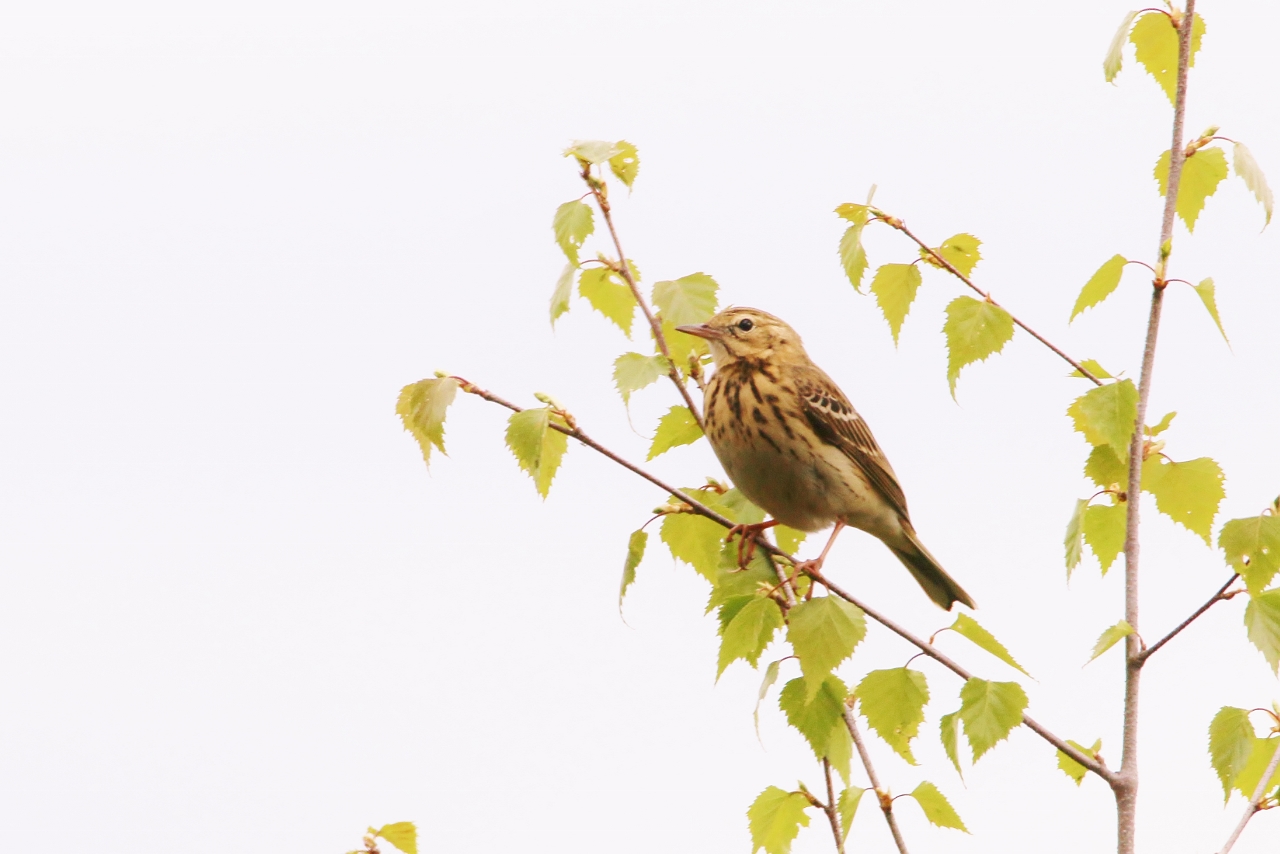
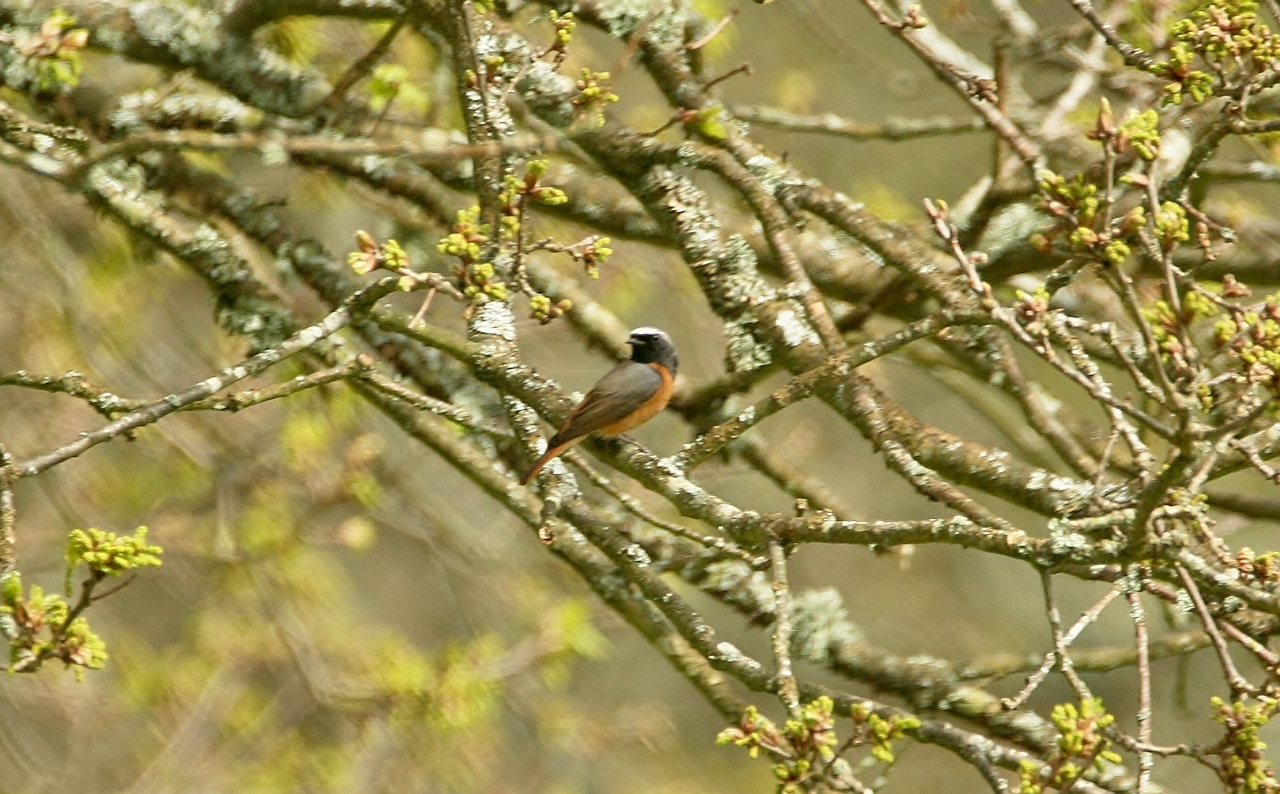
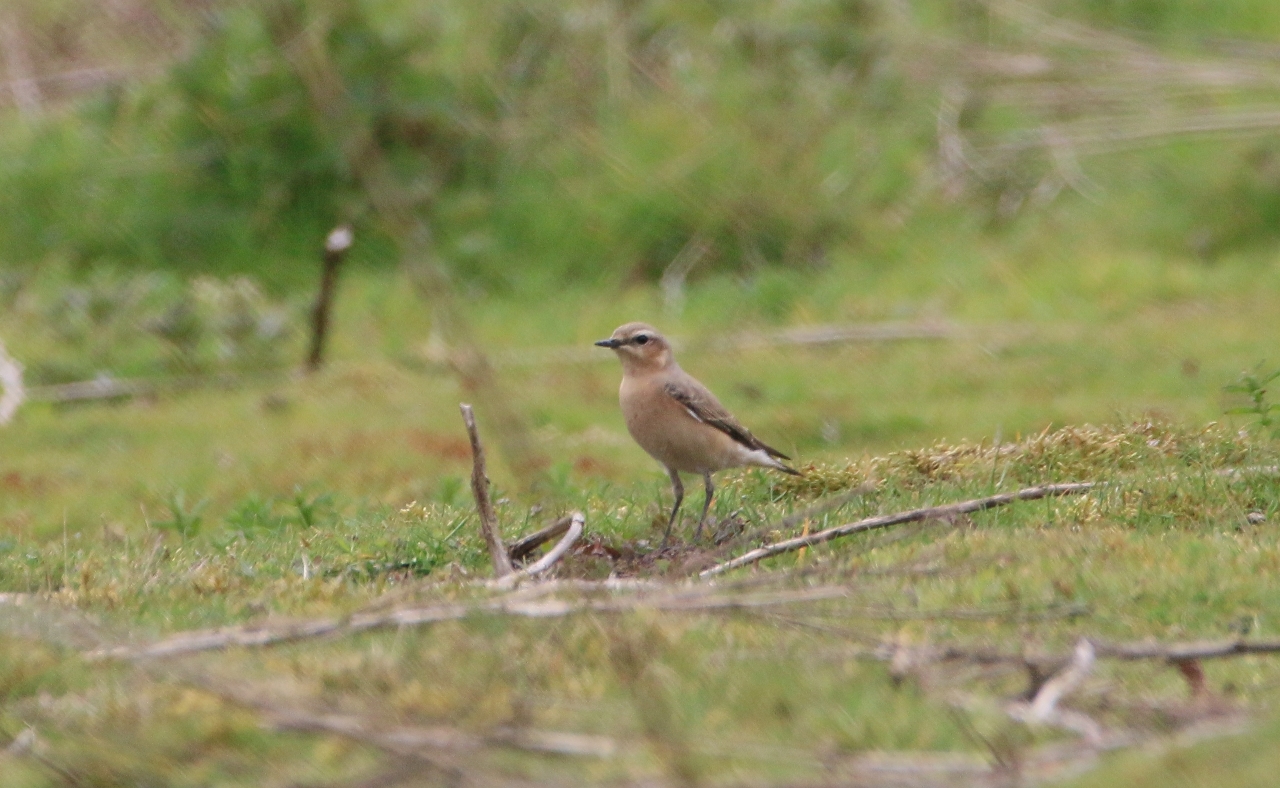
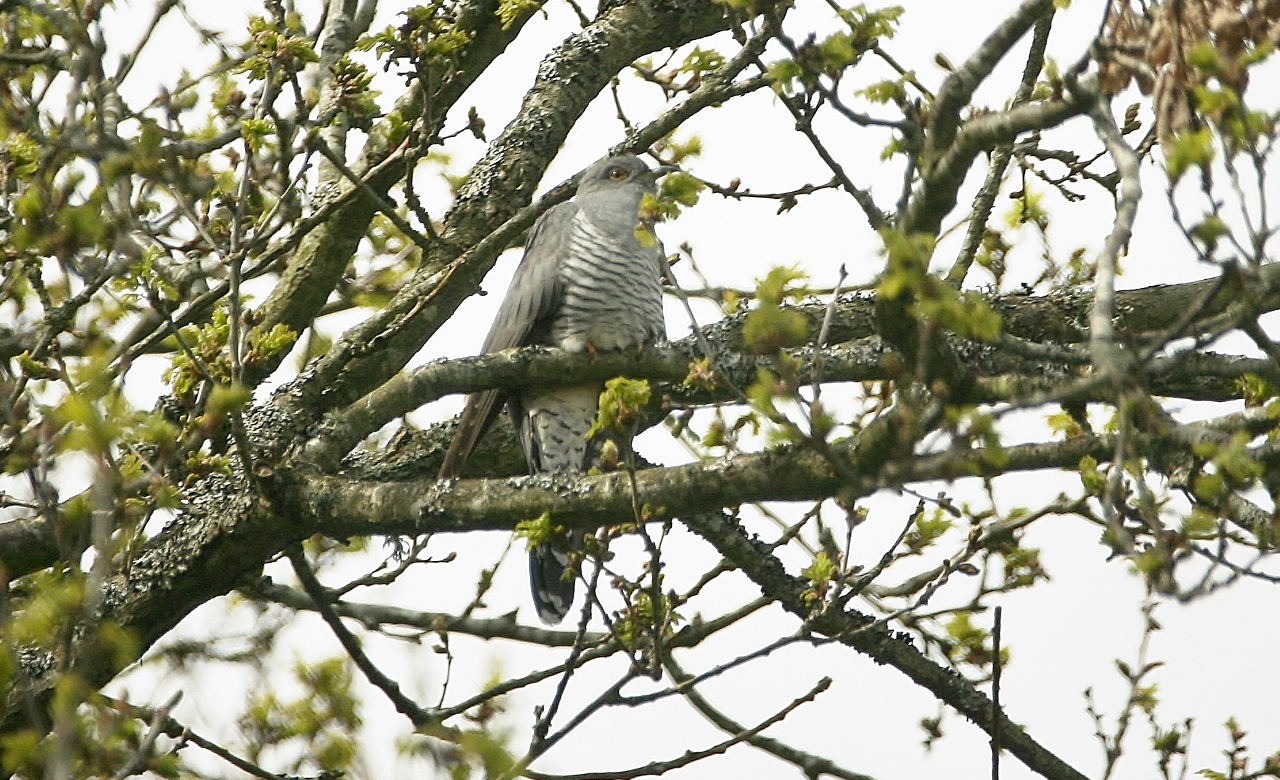
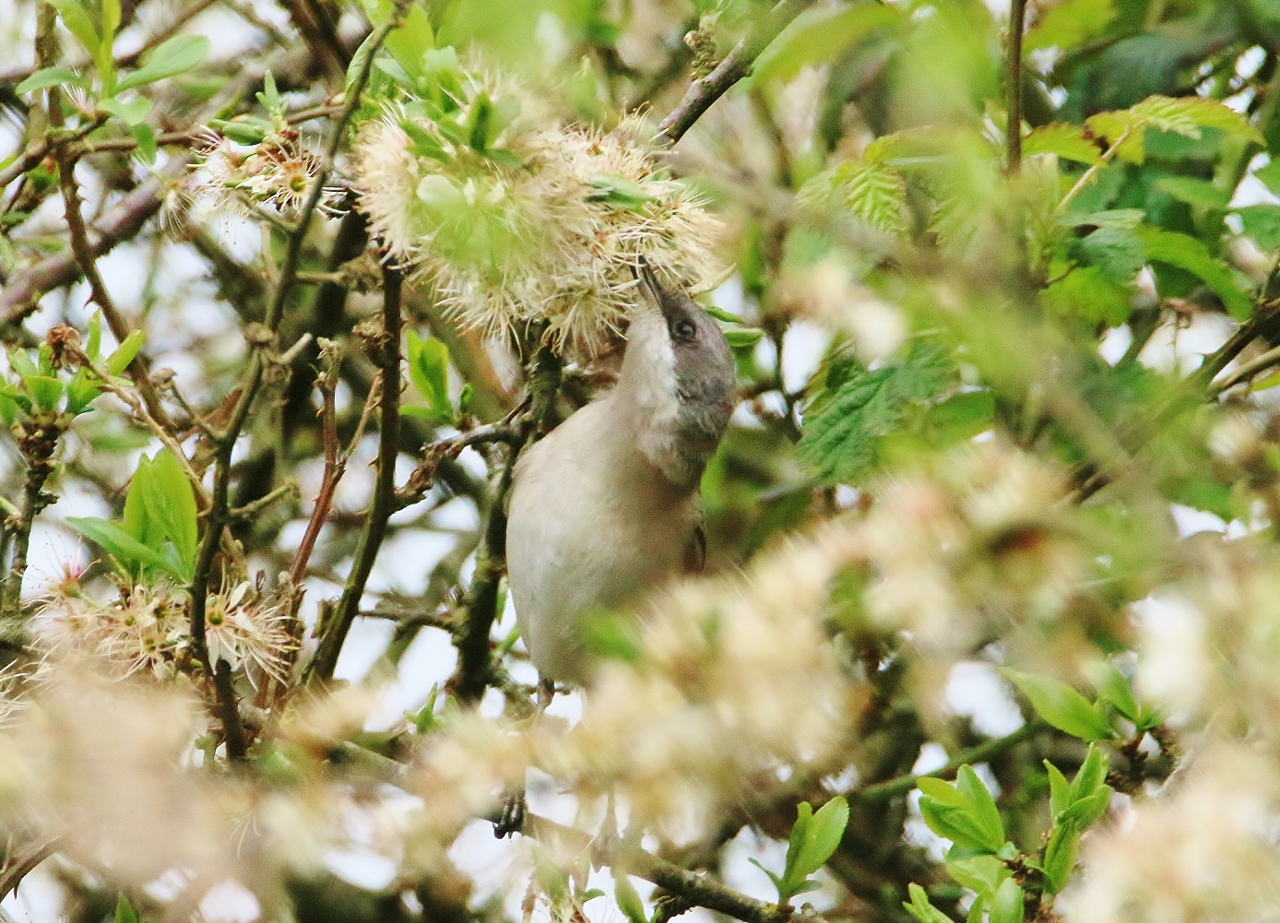




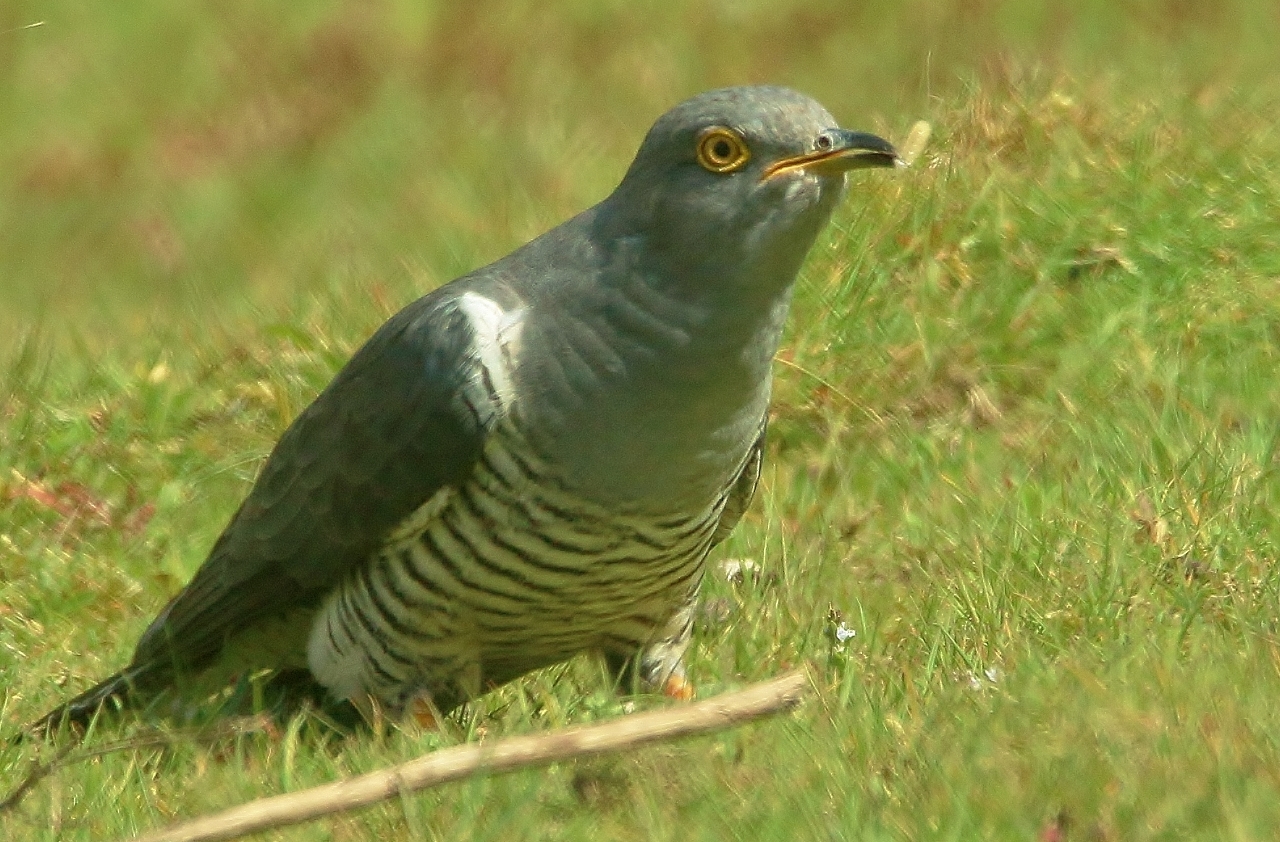
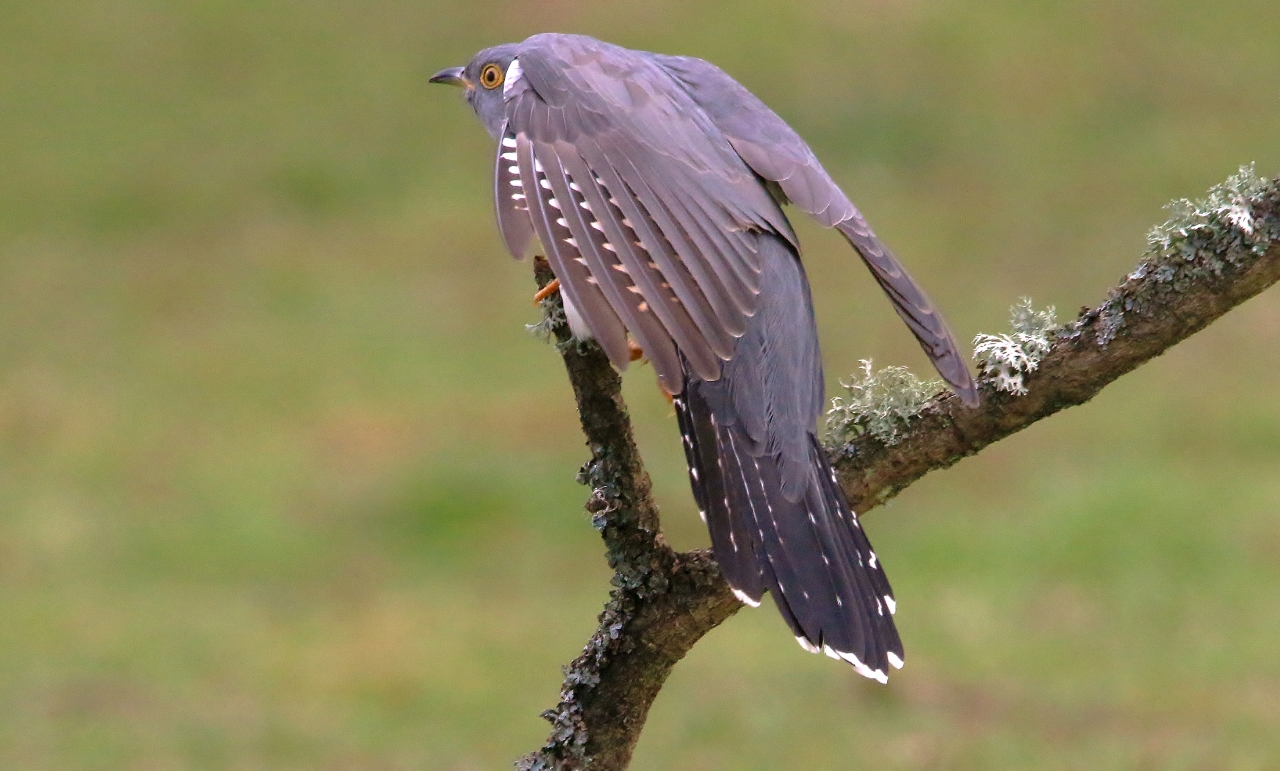
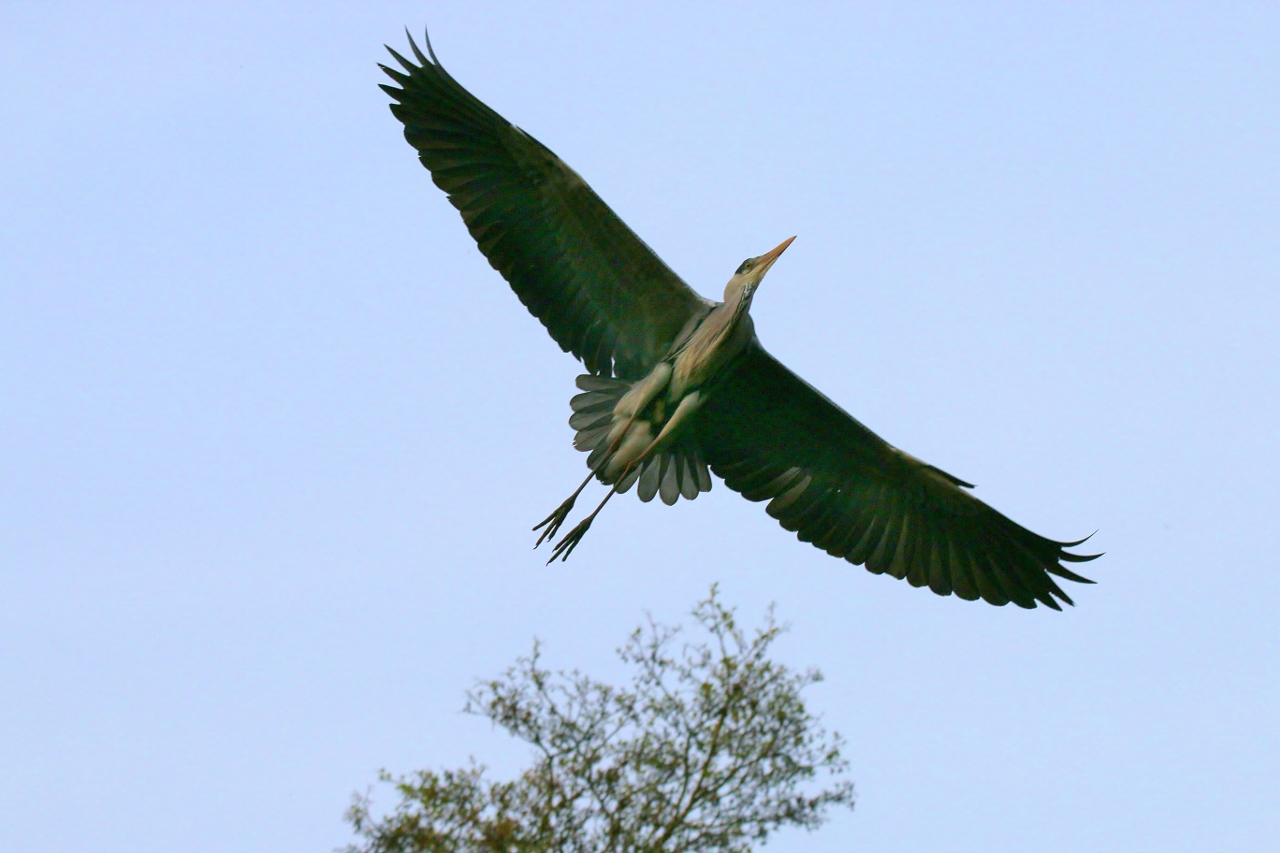
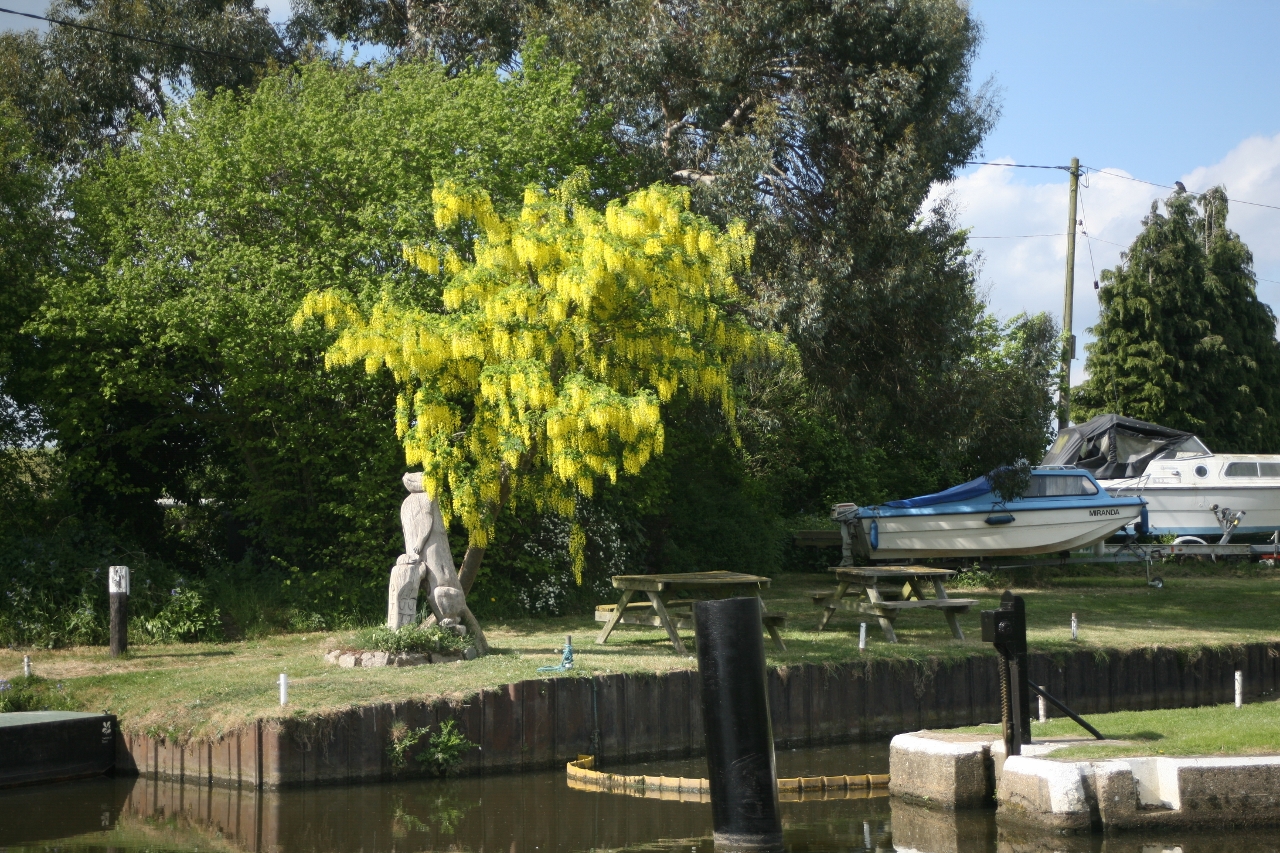
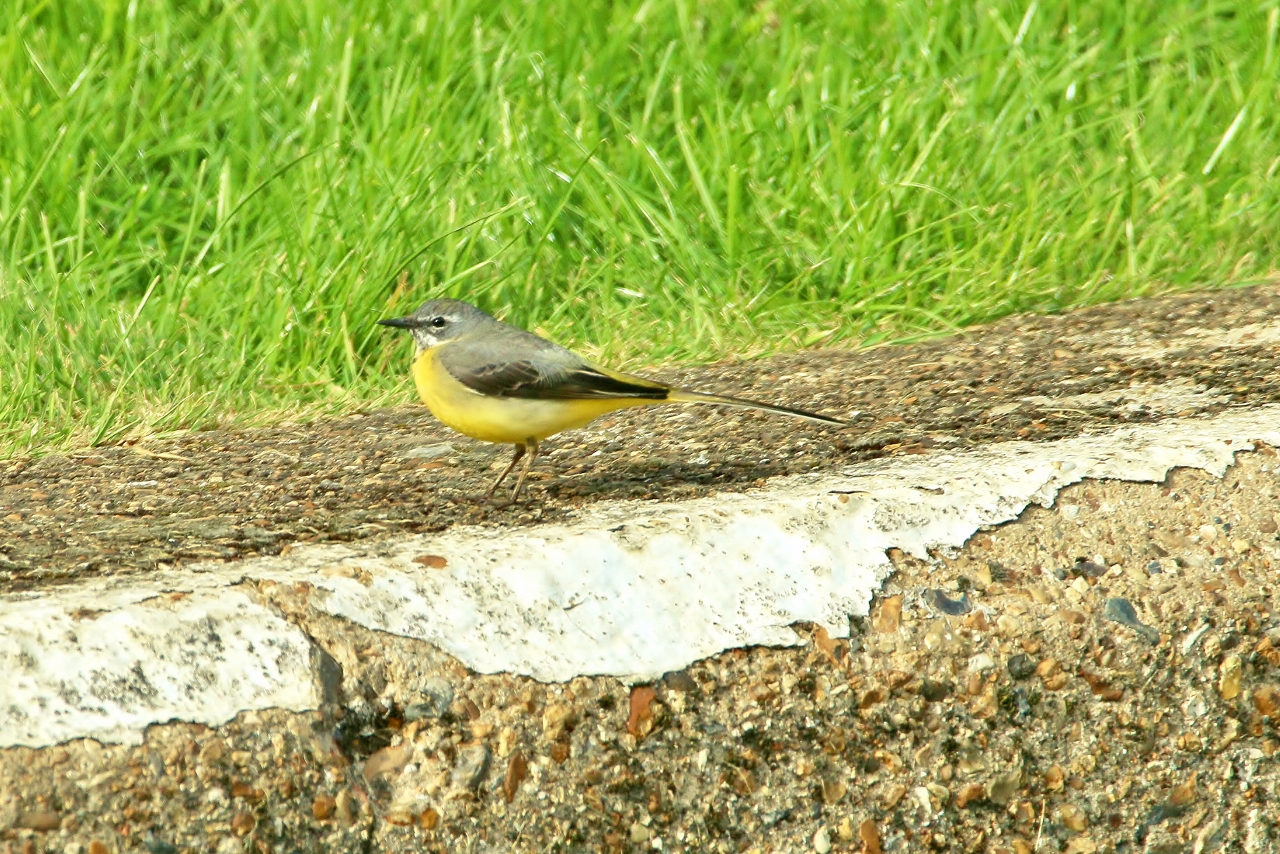
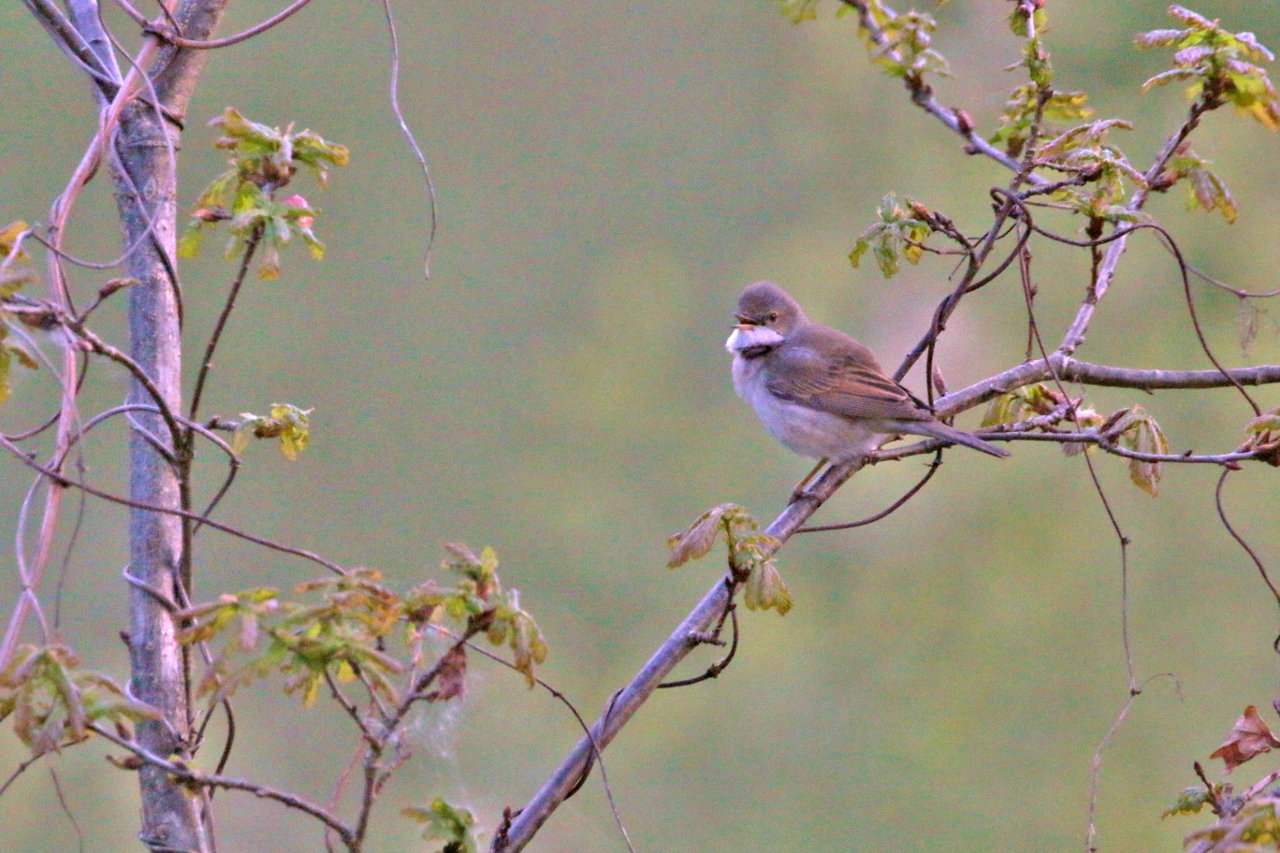
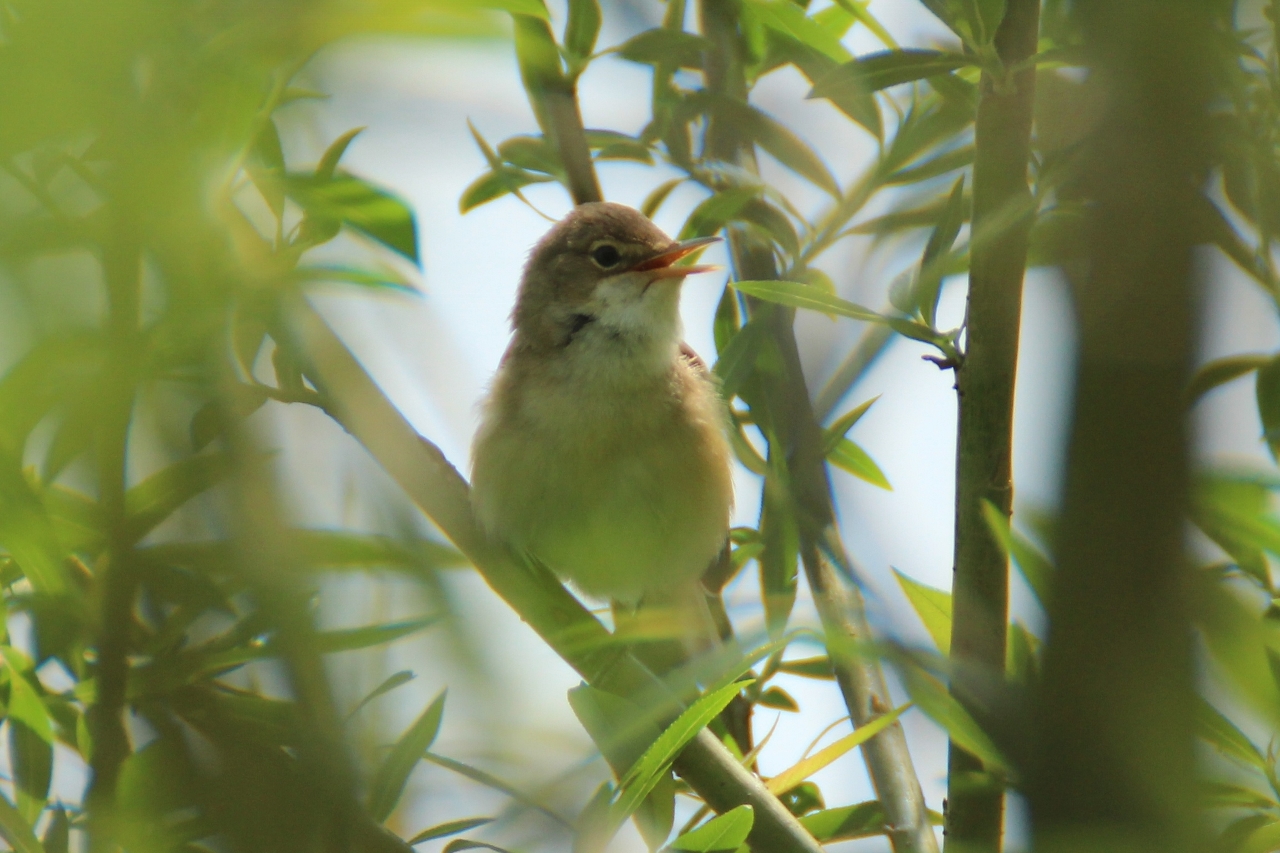

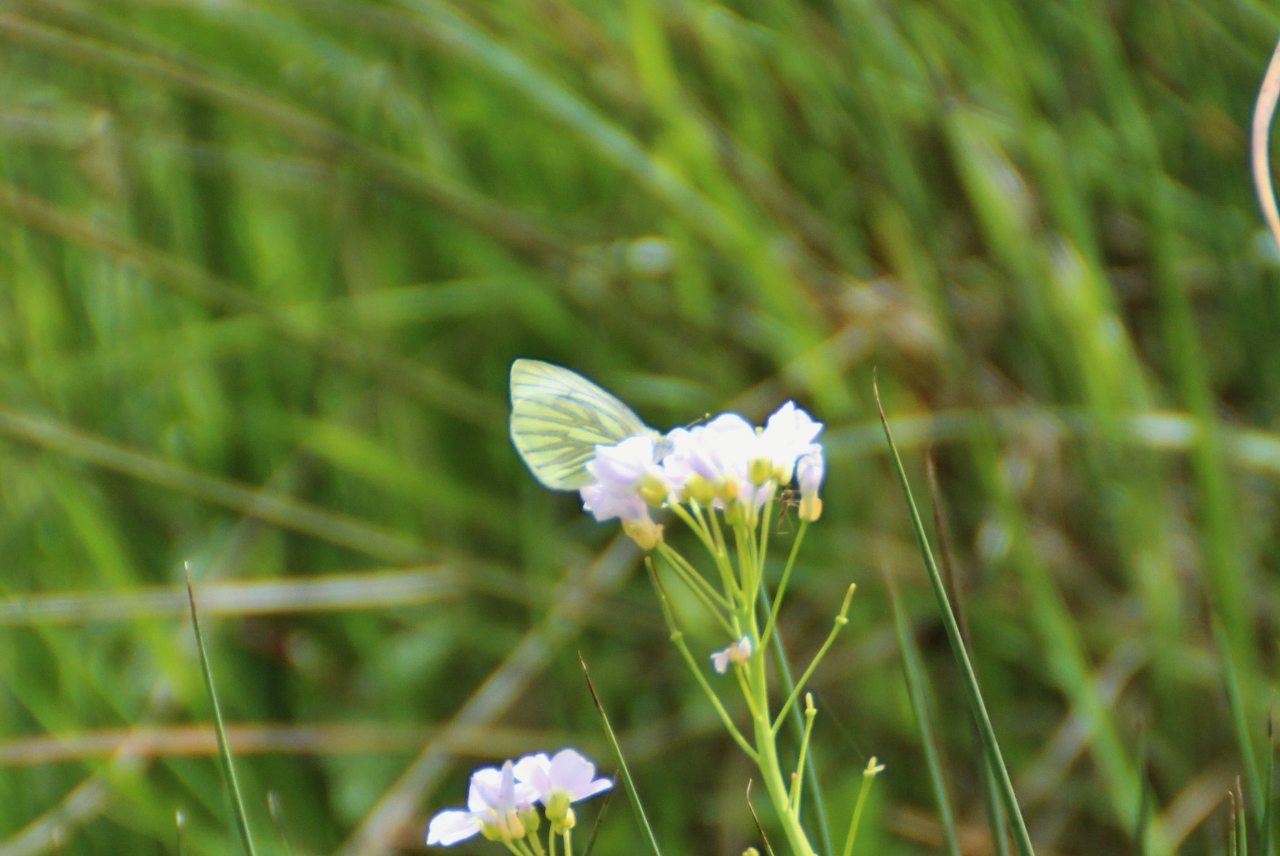
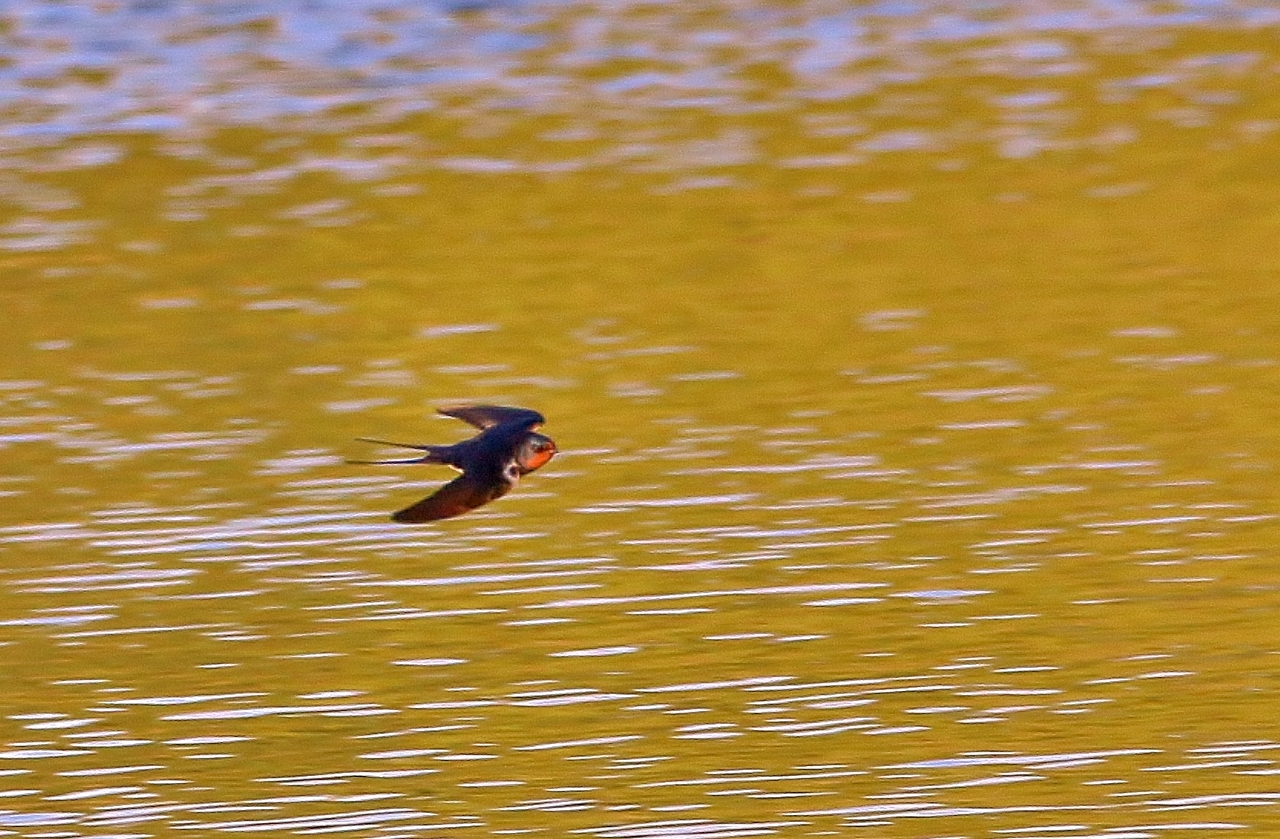
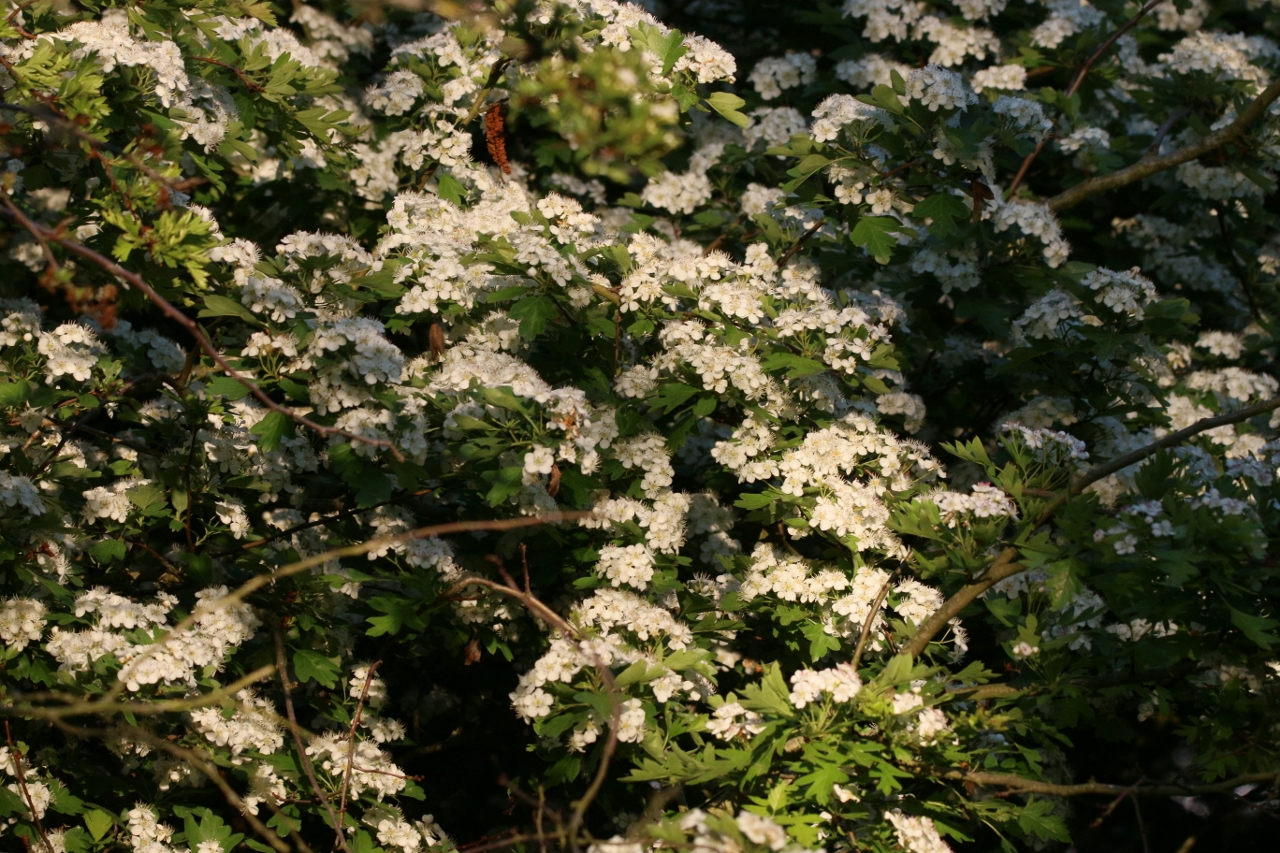
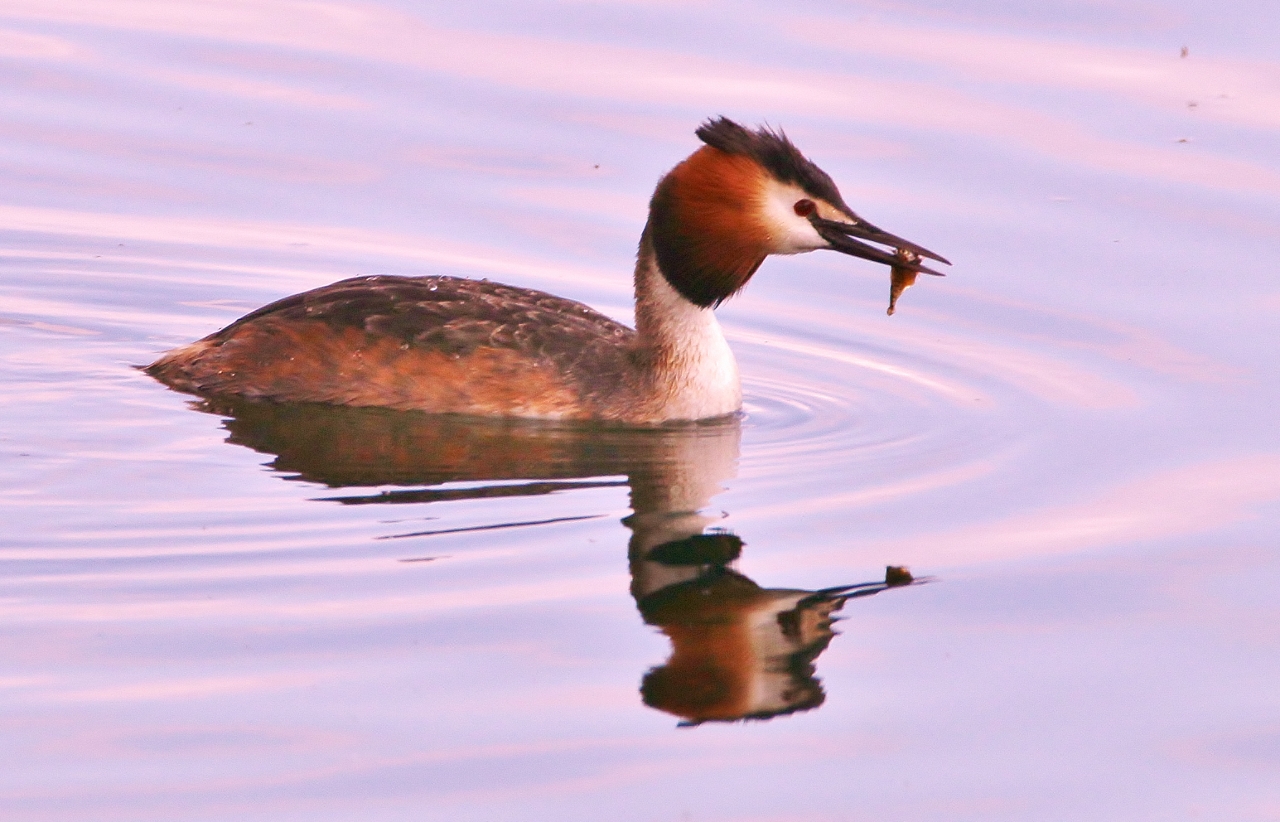

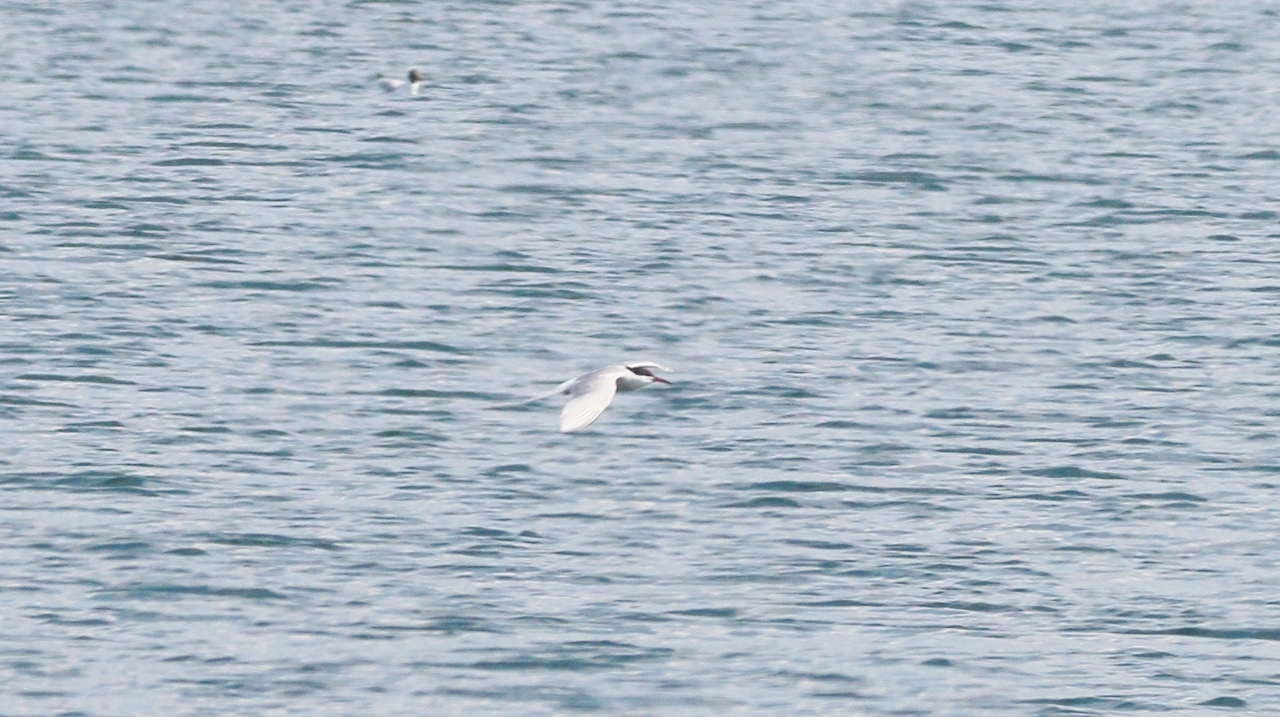
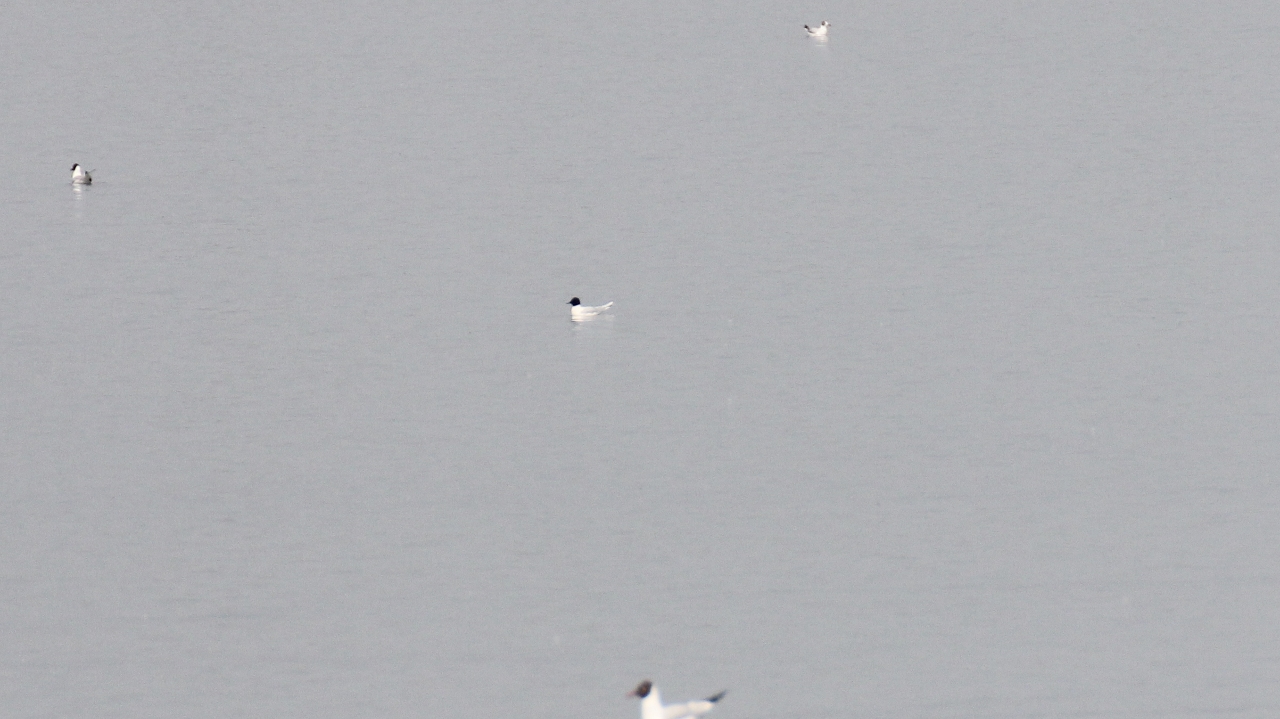
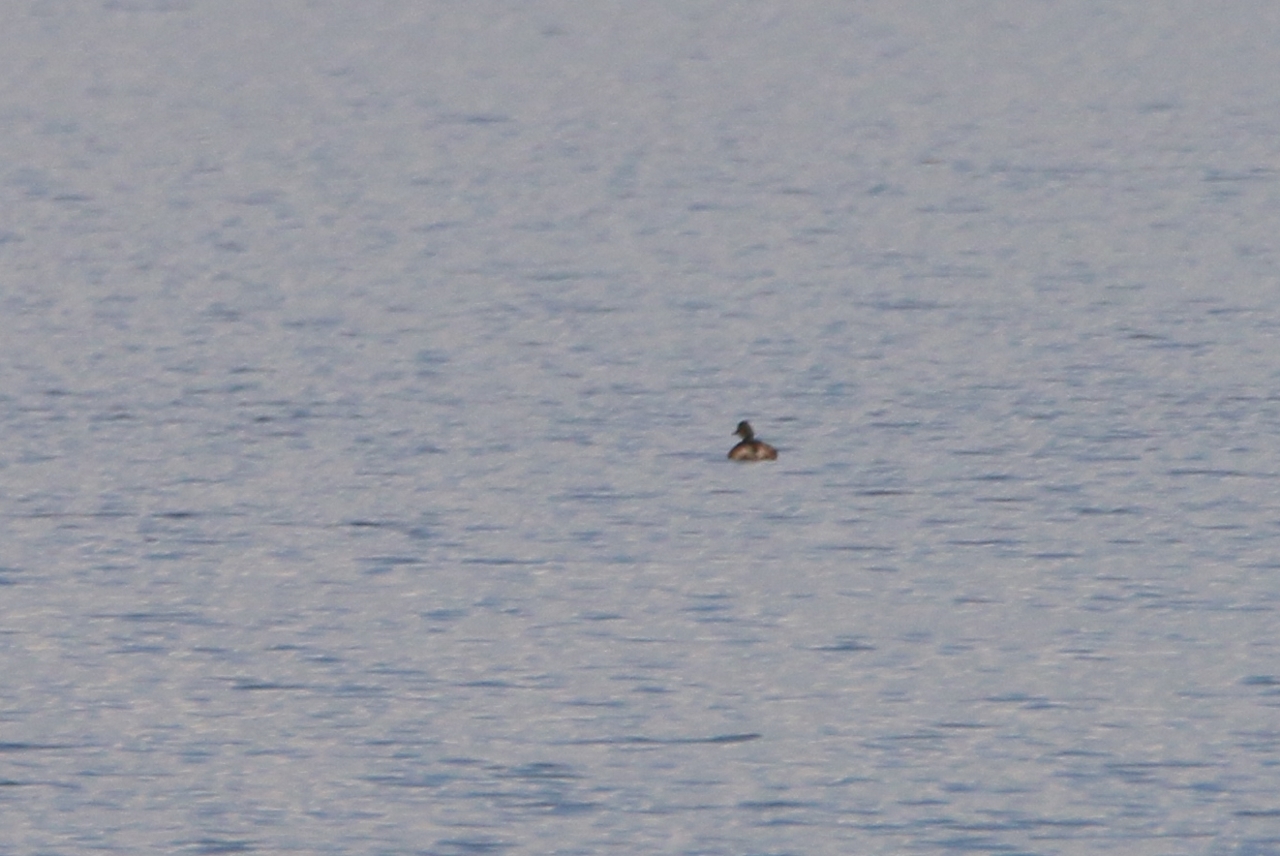
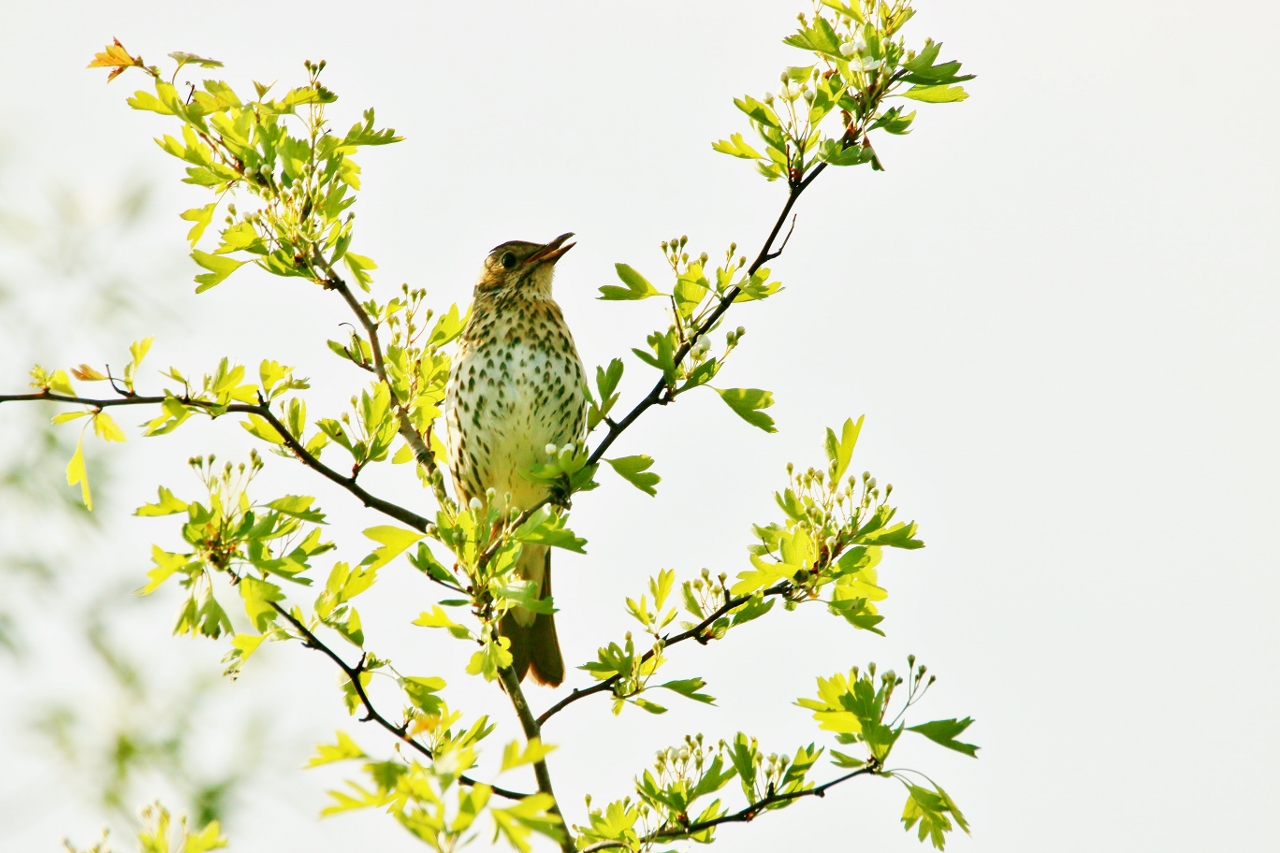
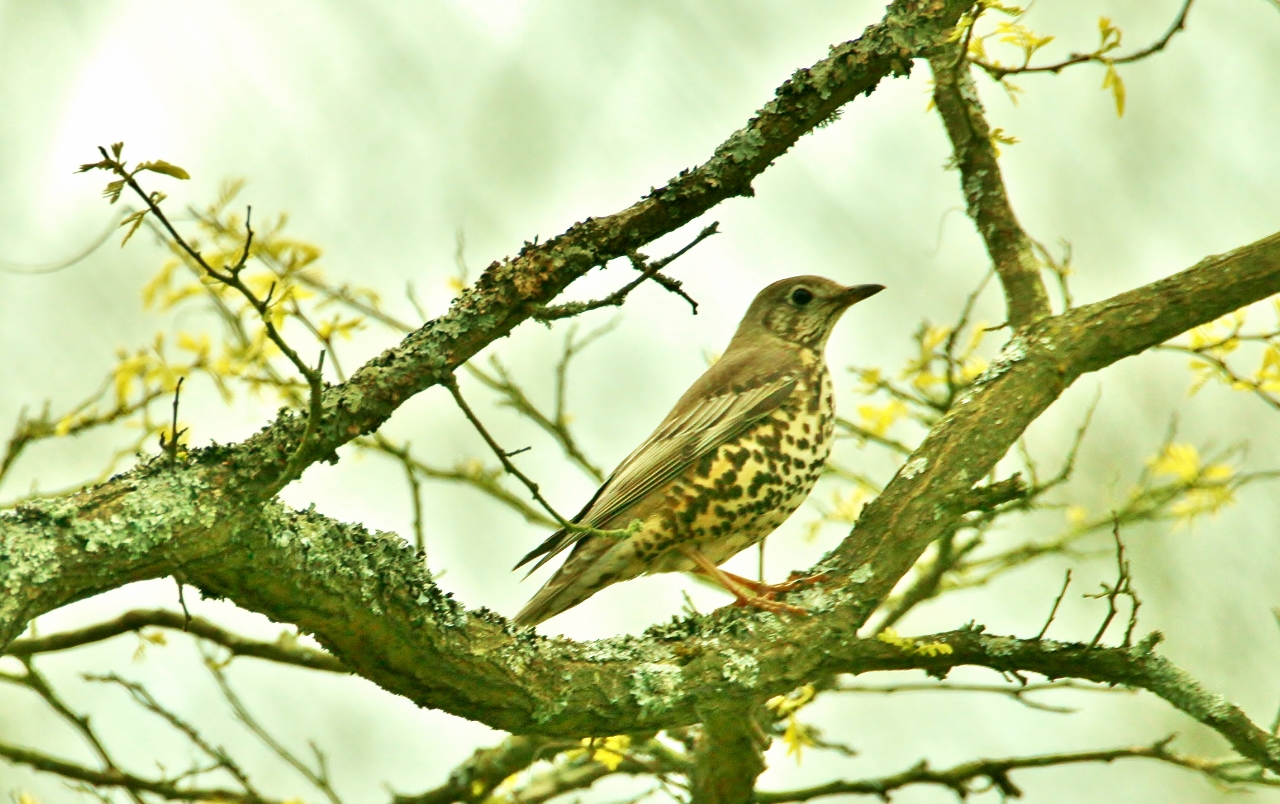
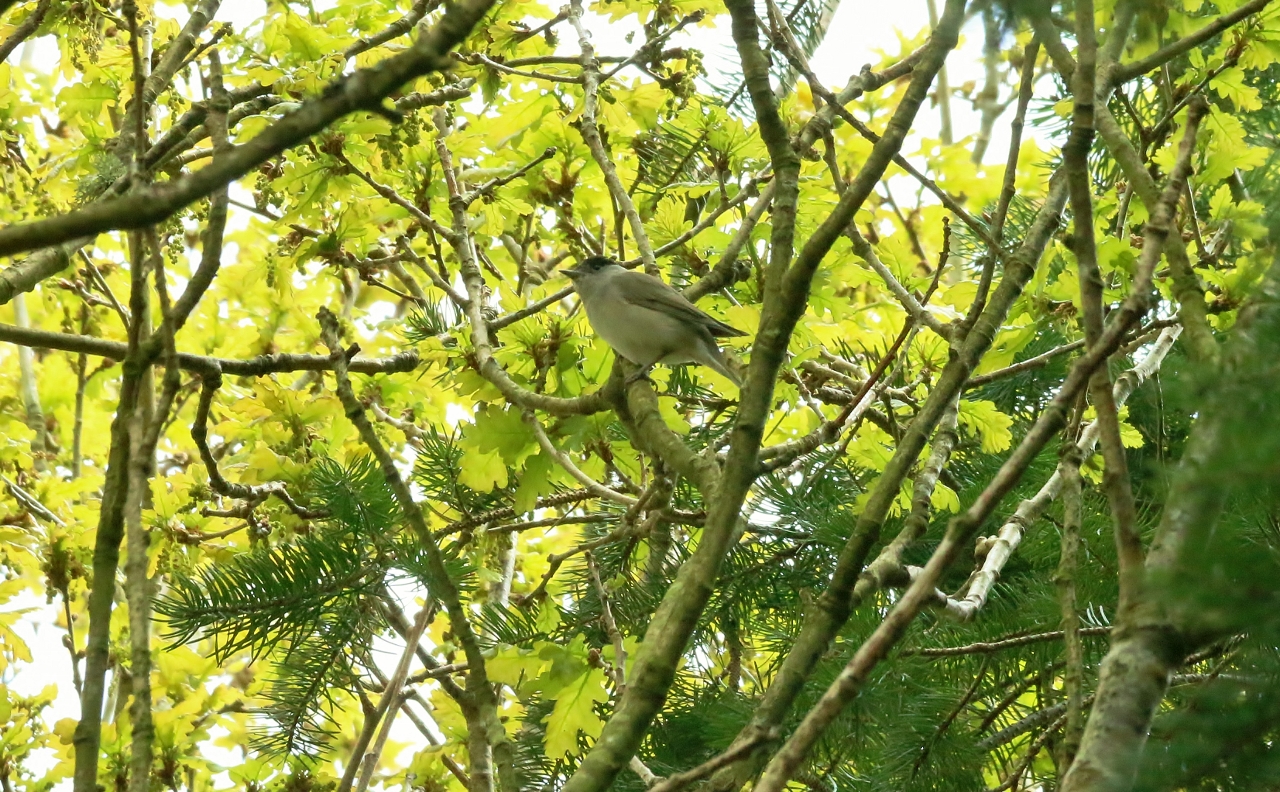
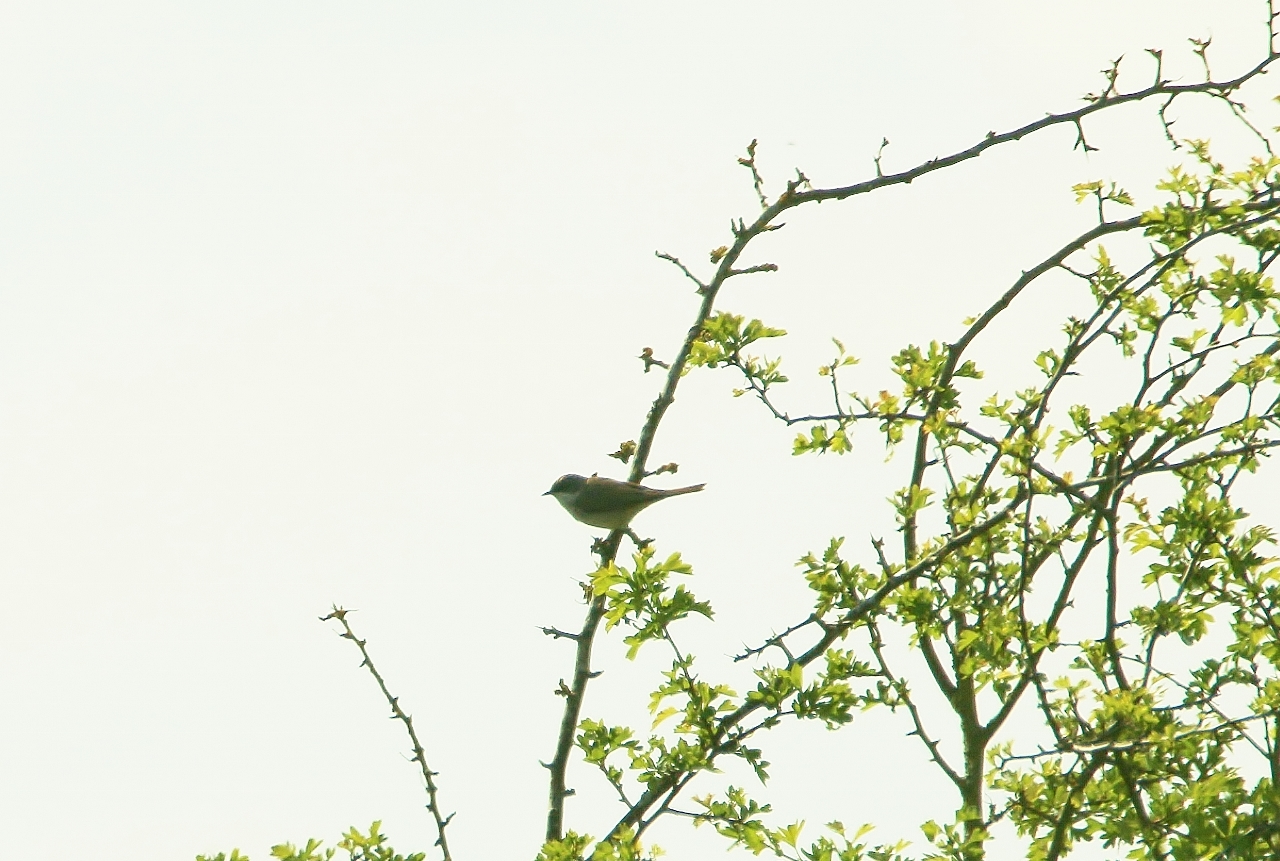
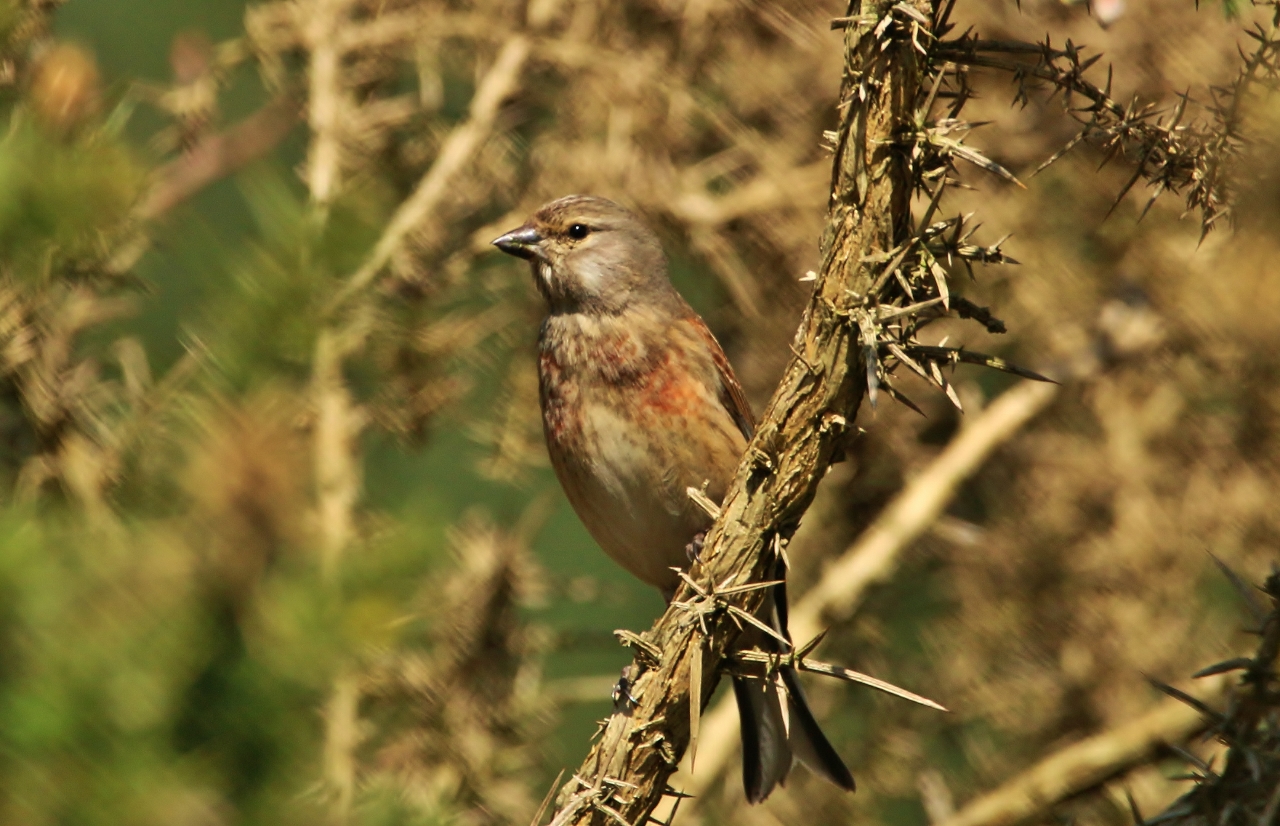
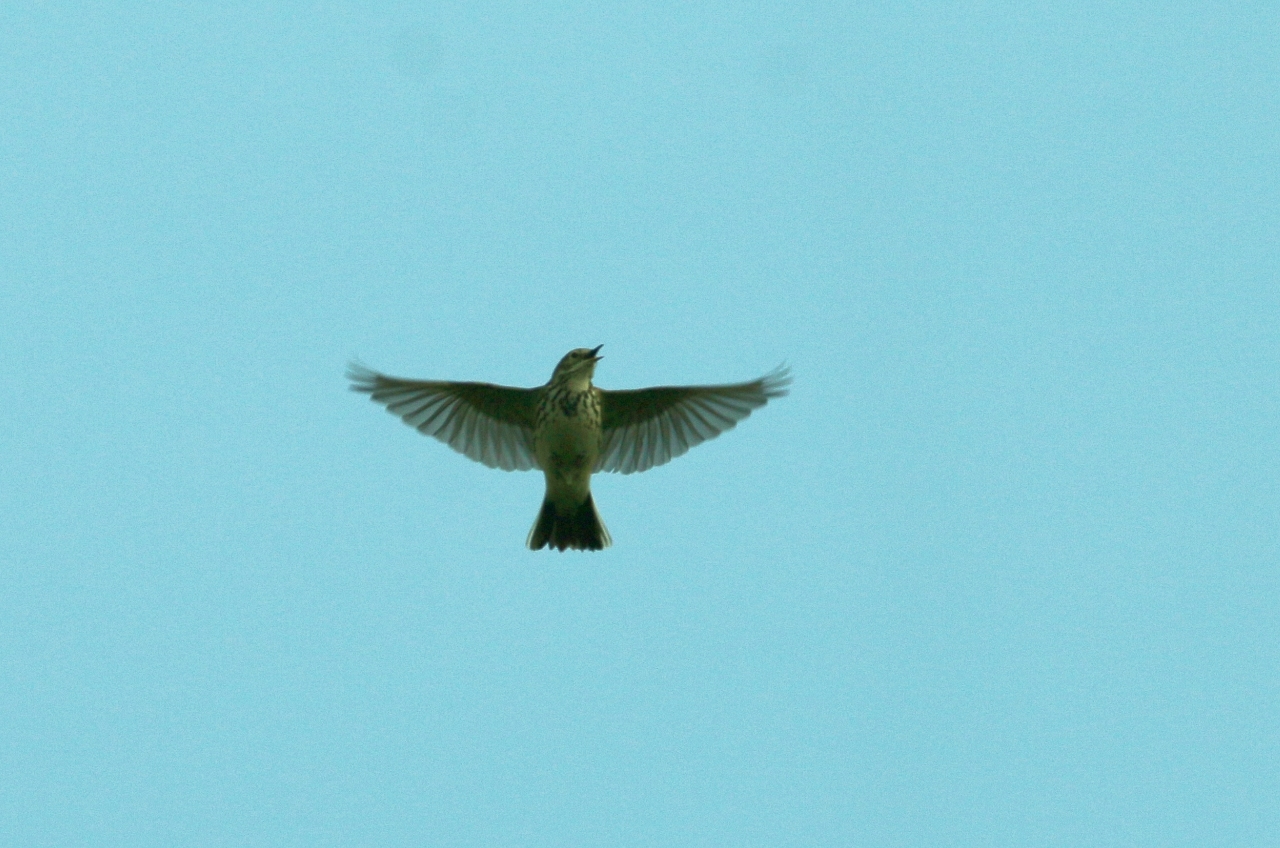
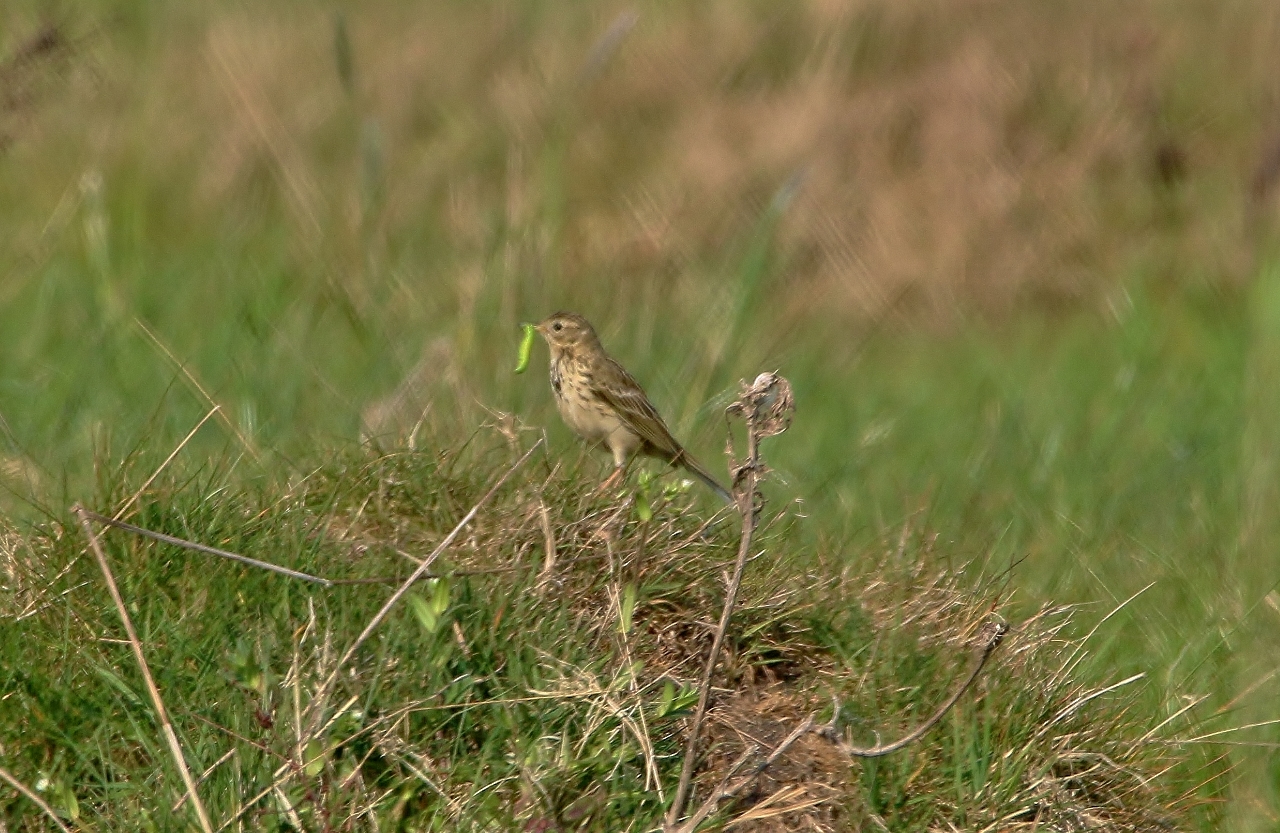
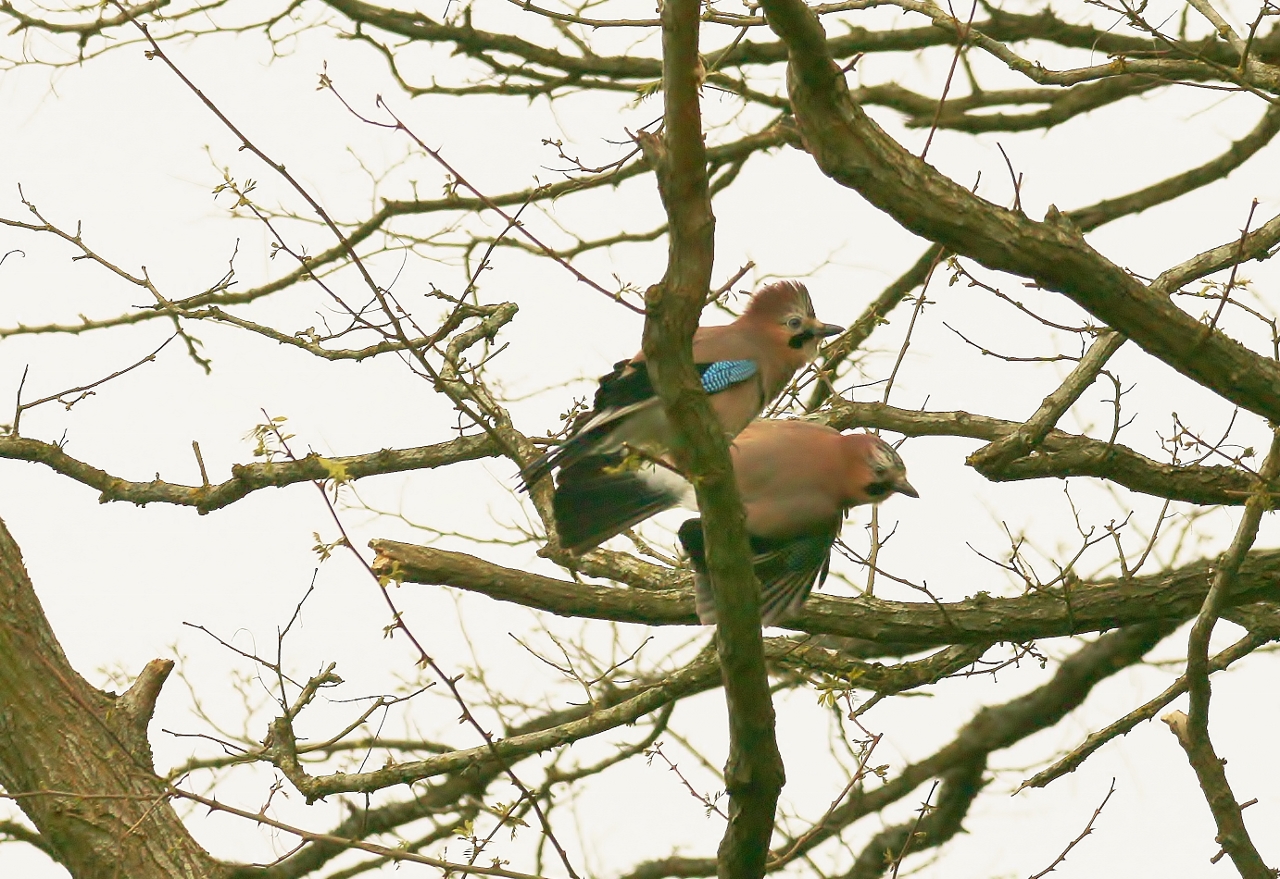
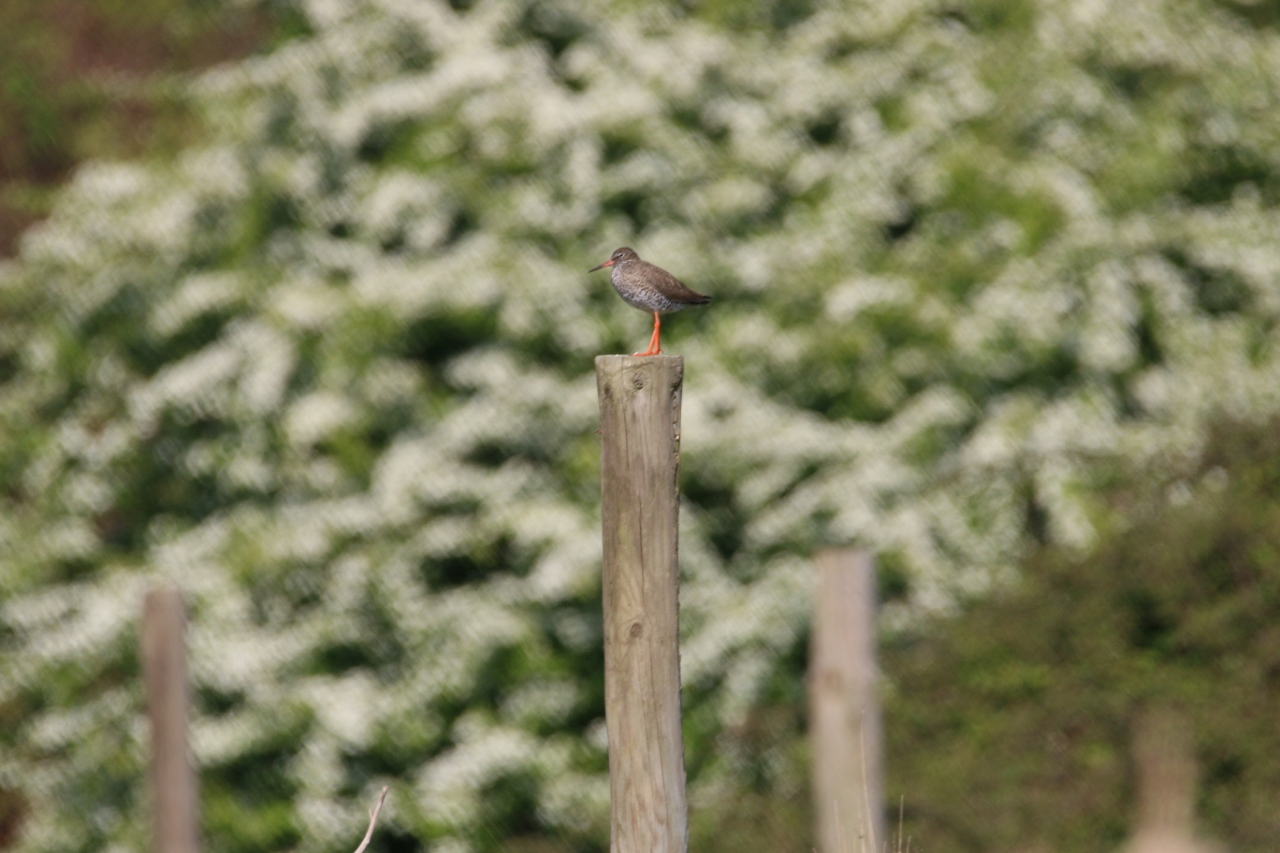
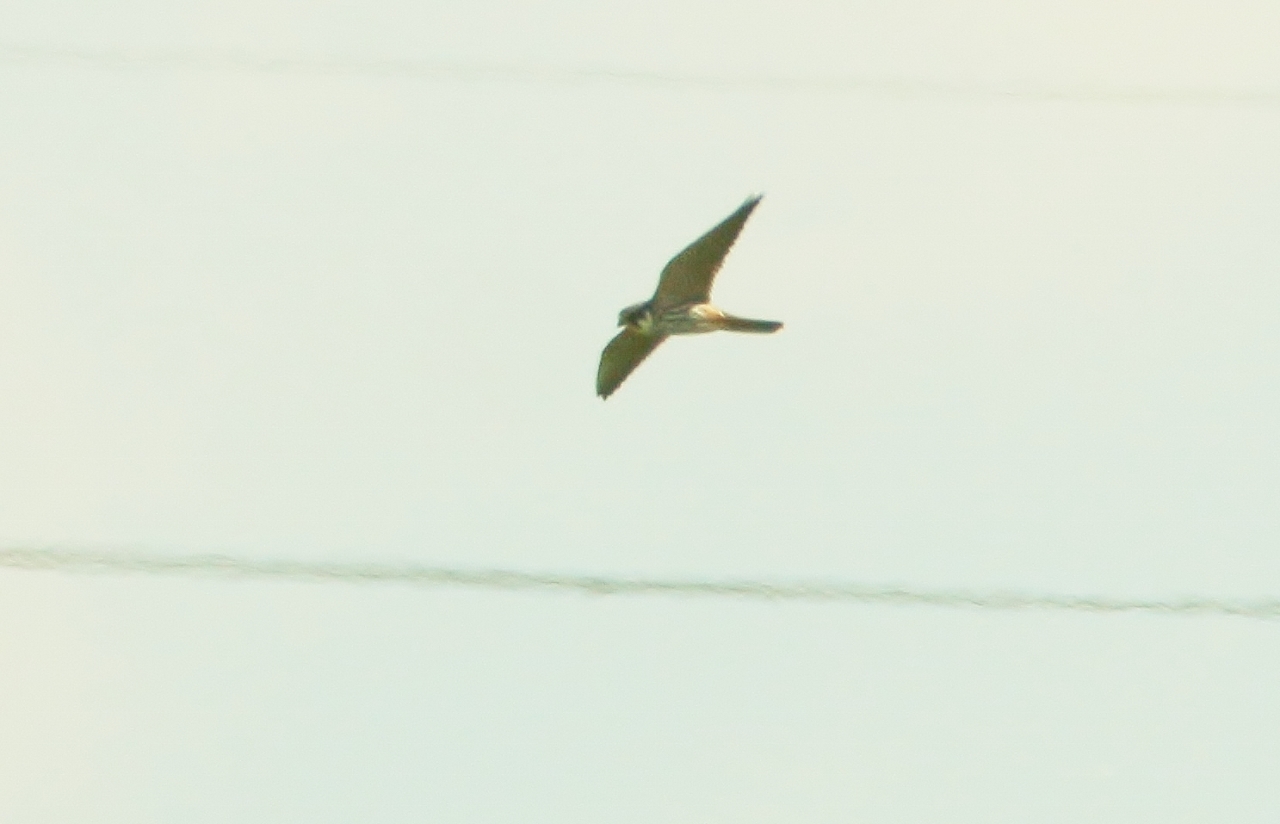
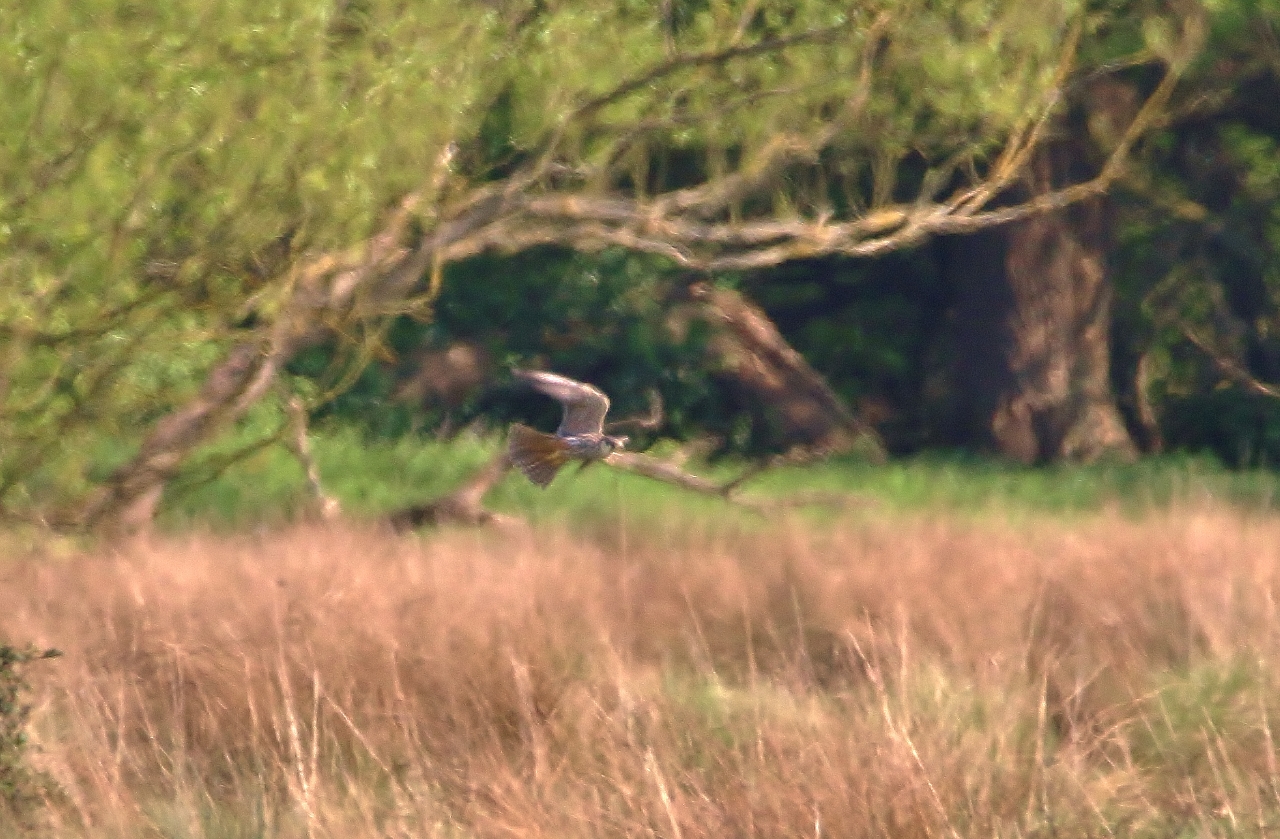
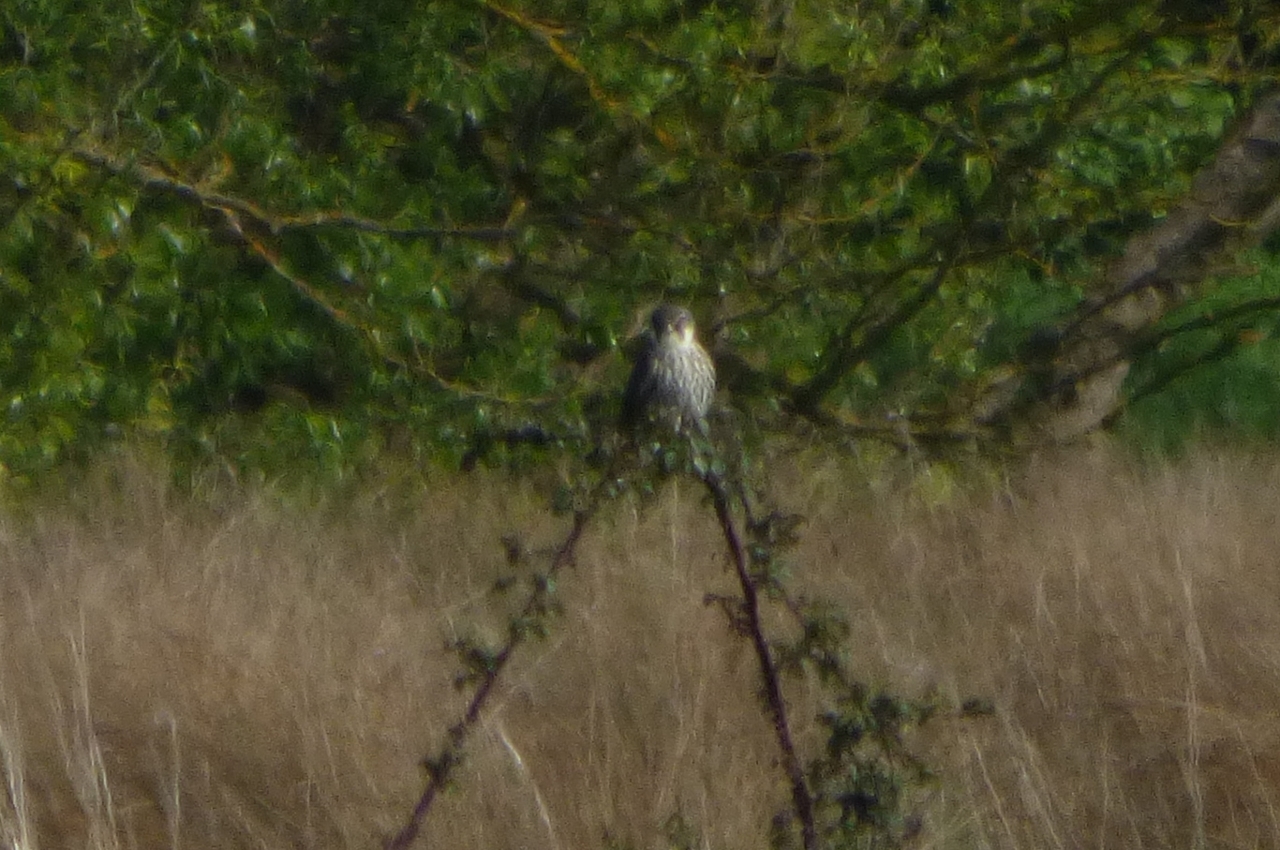
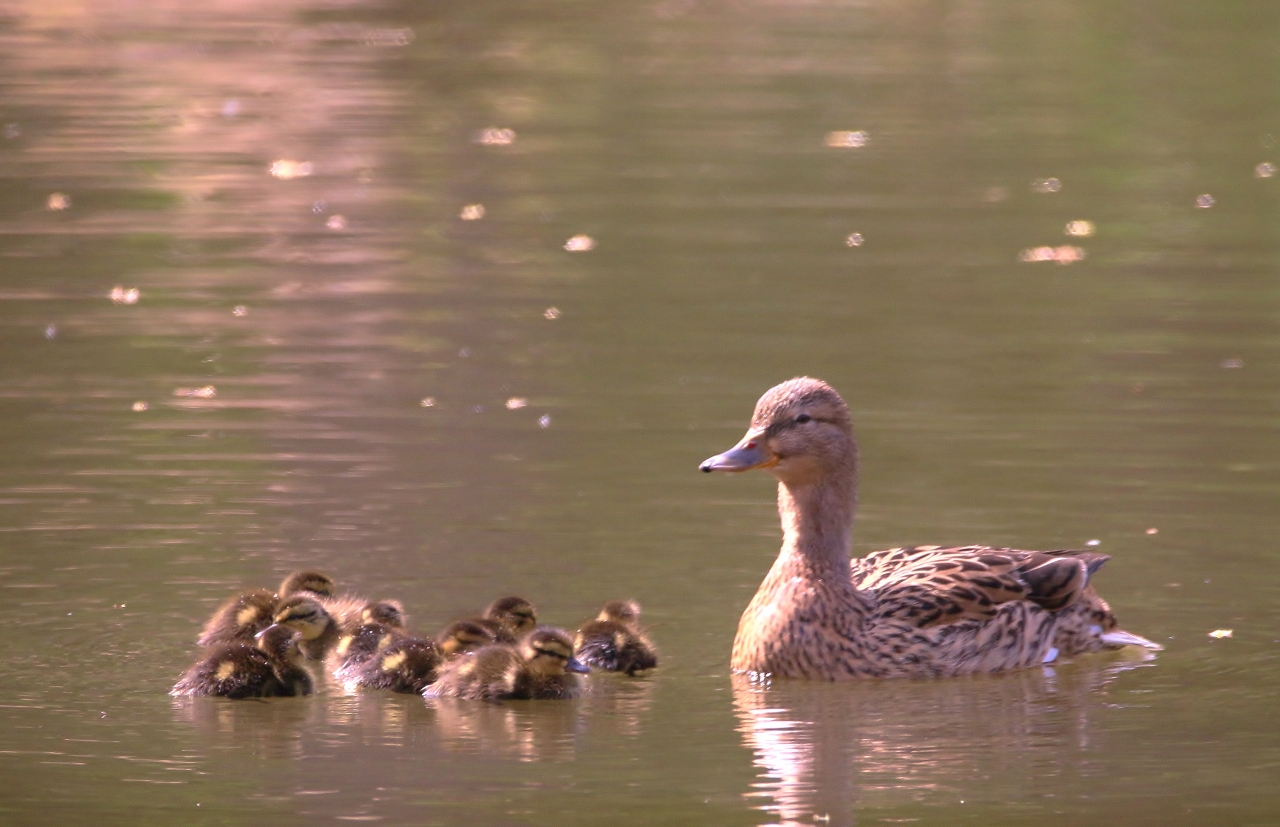
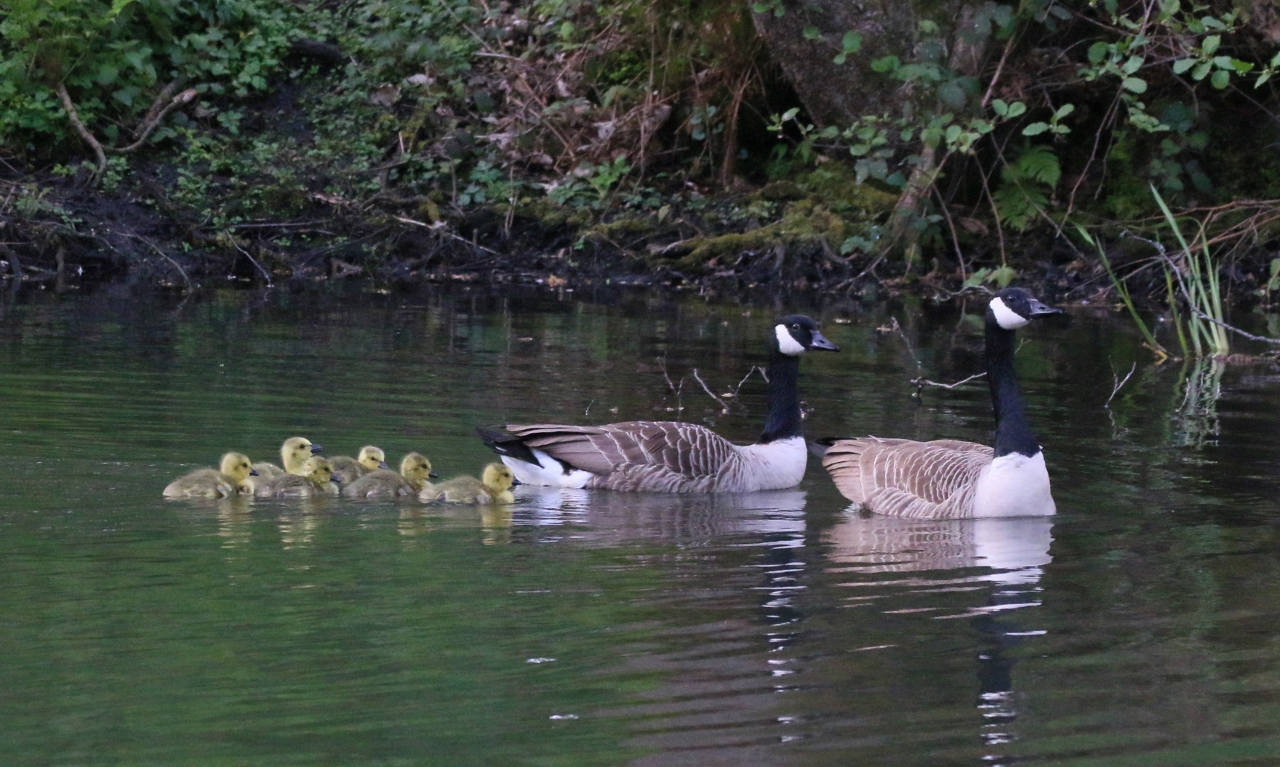
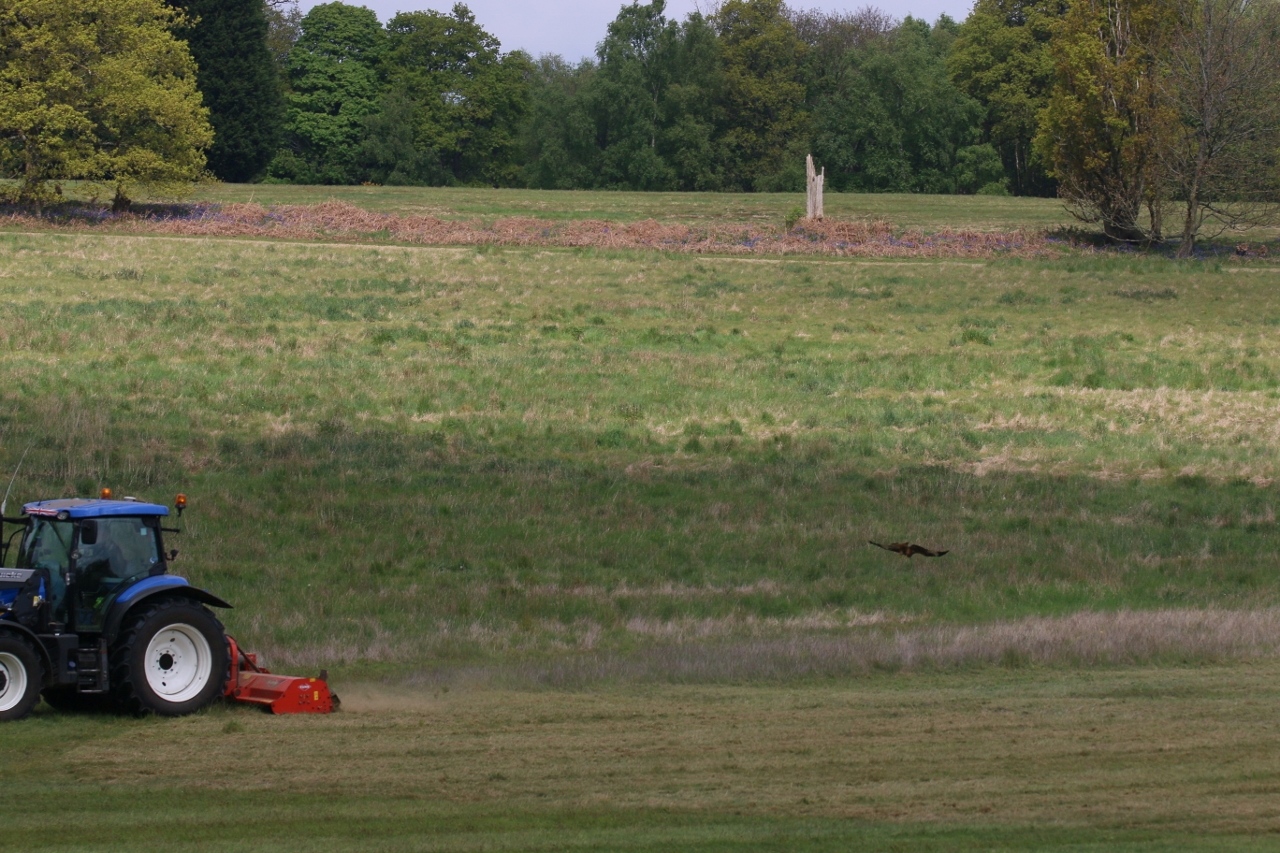
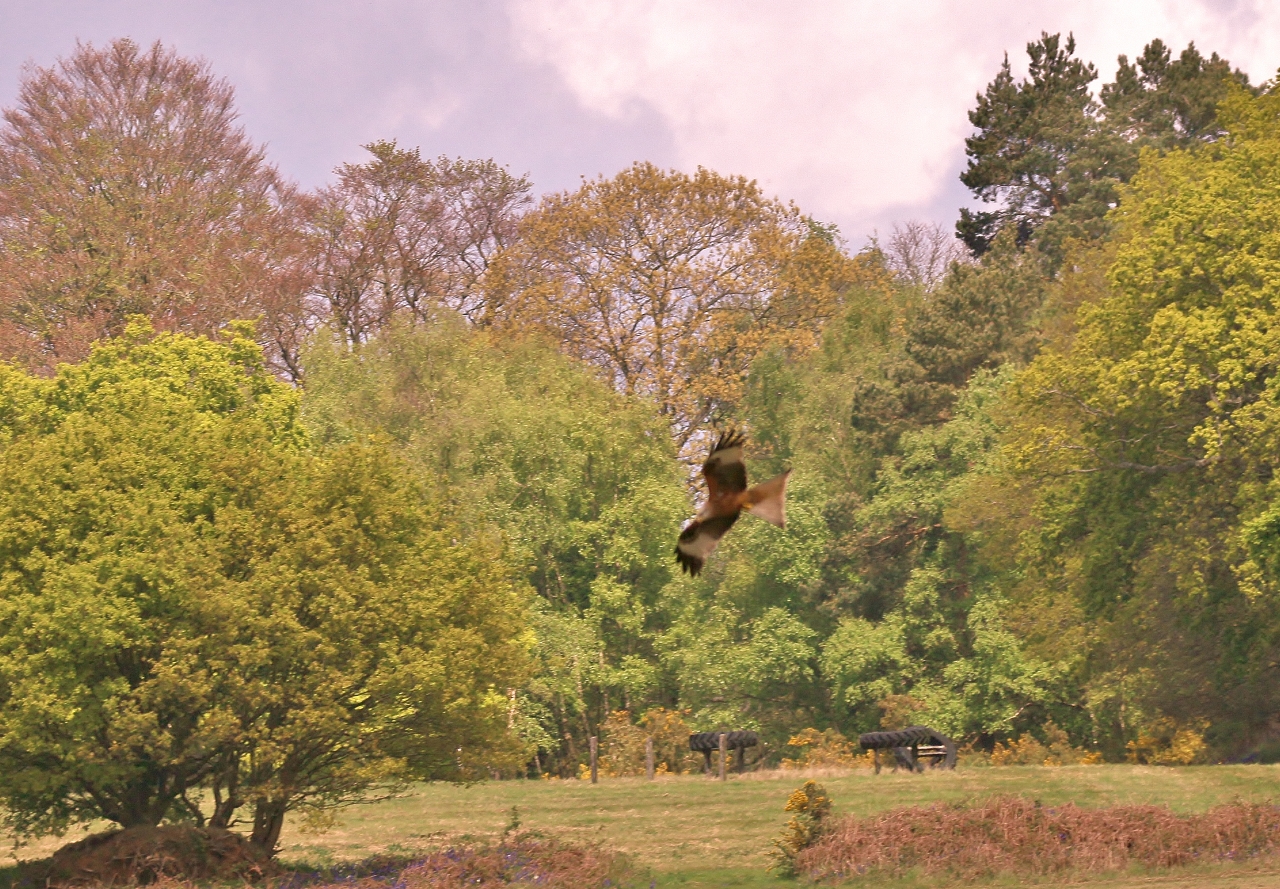
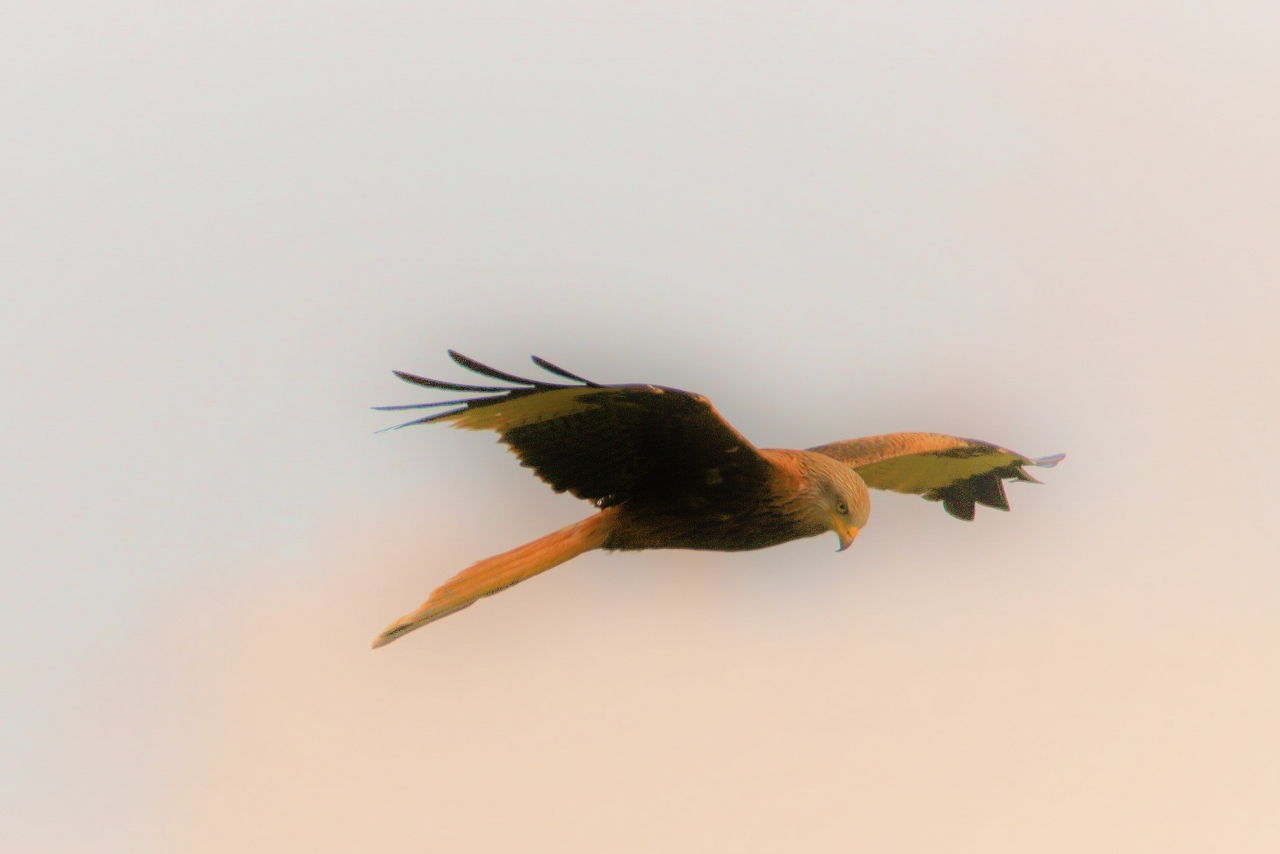








Recent Comments